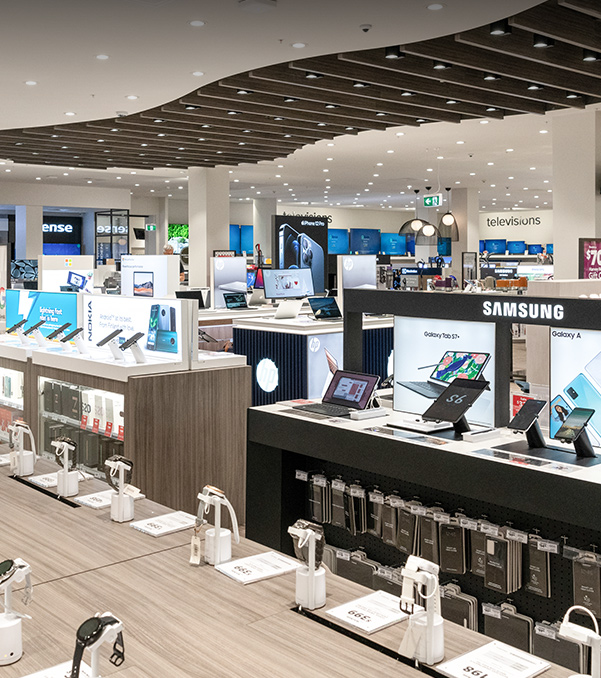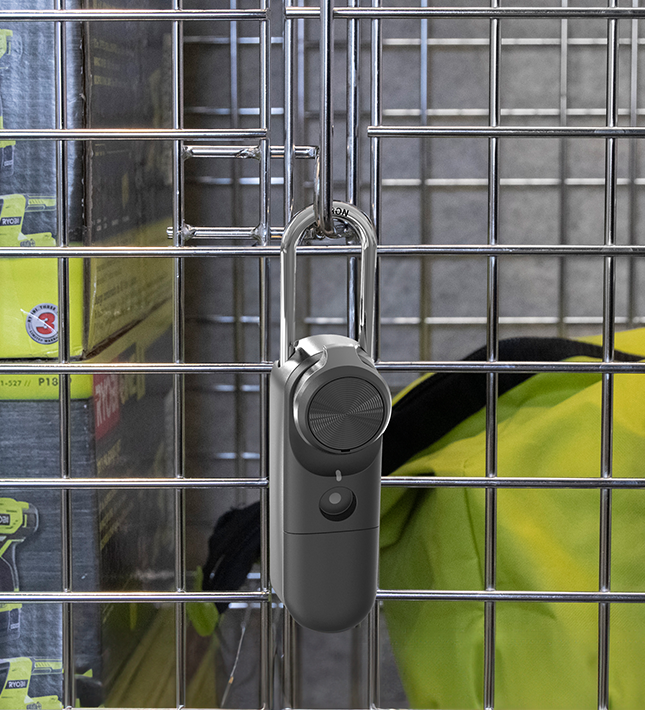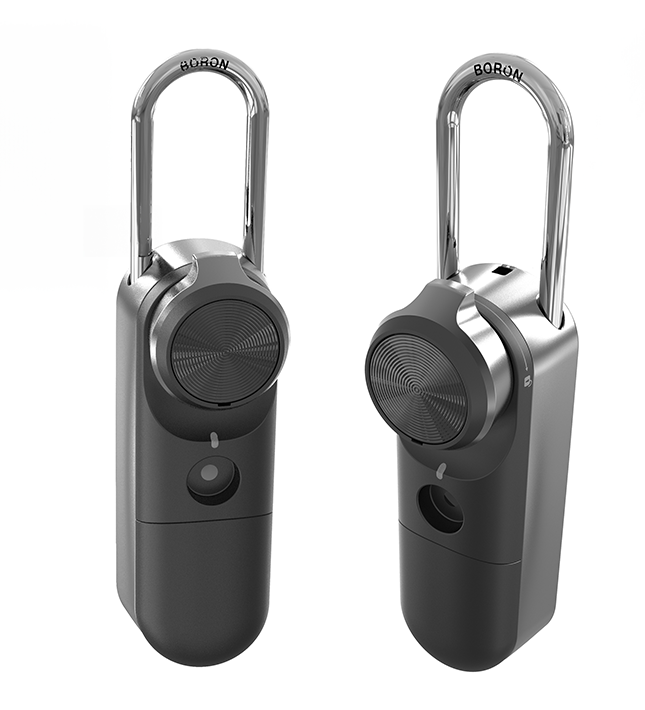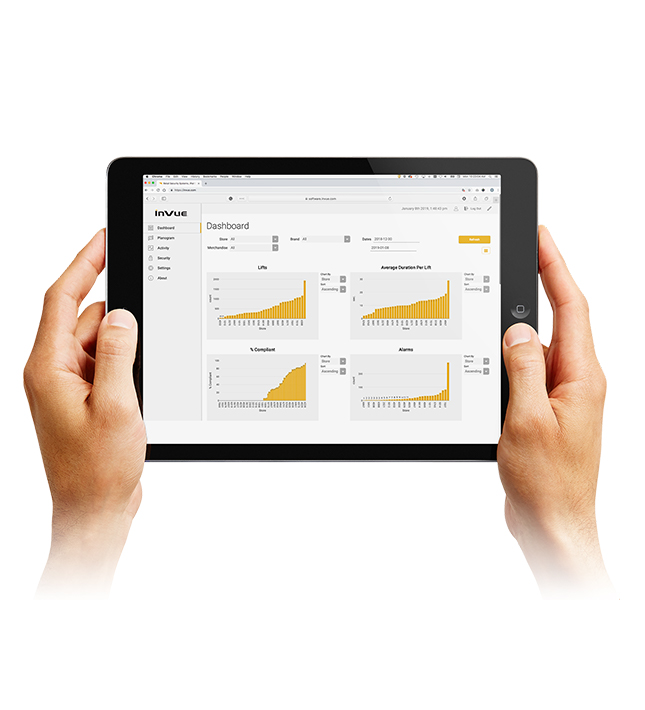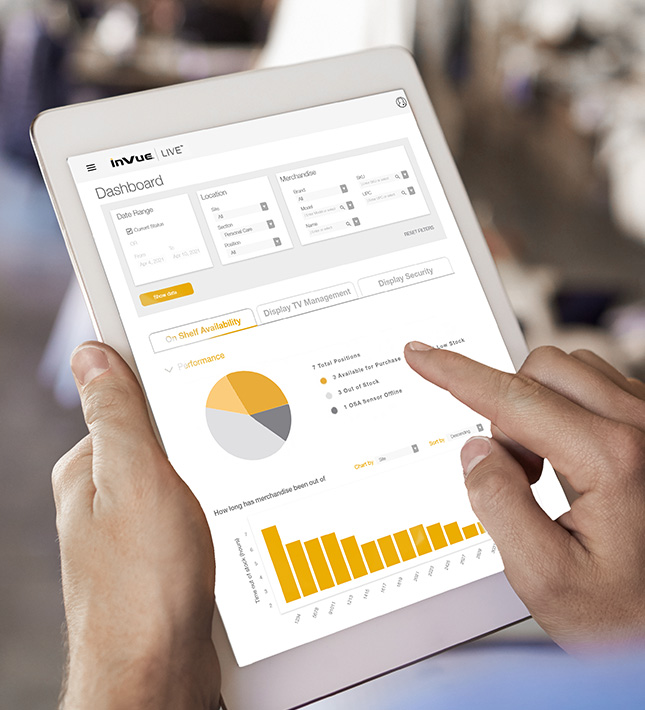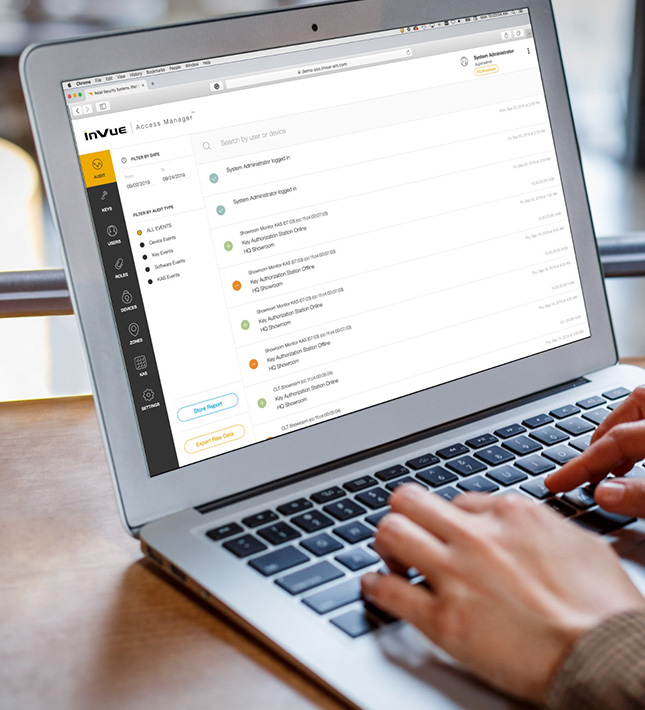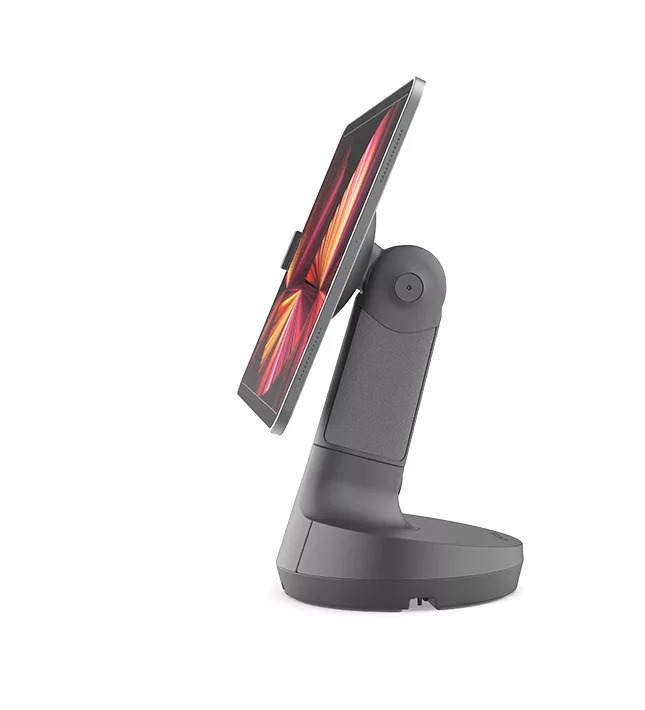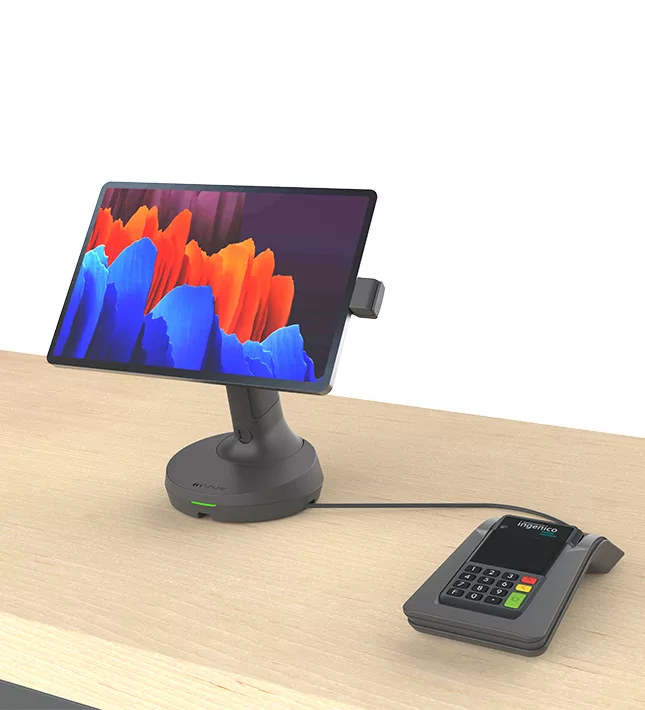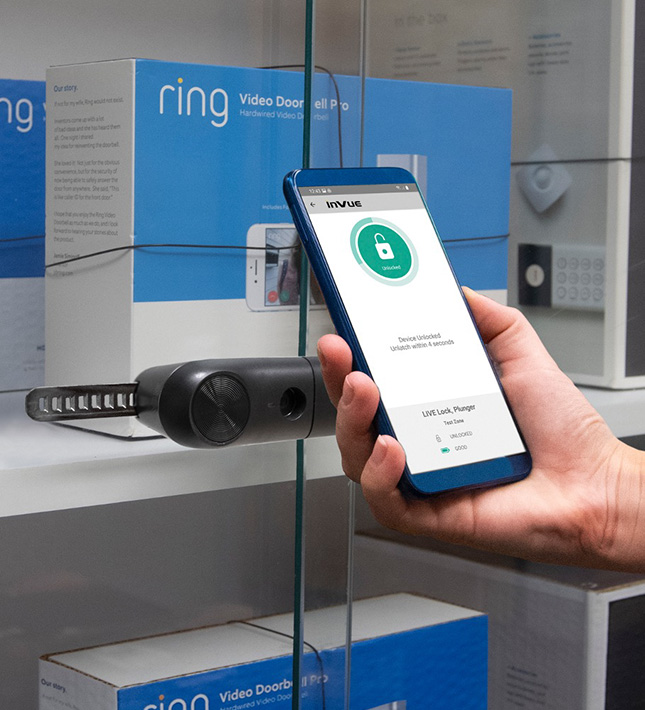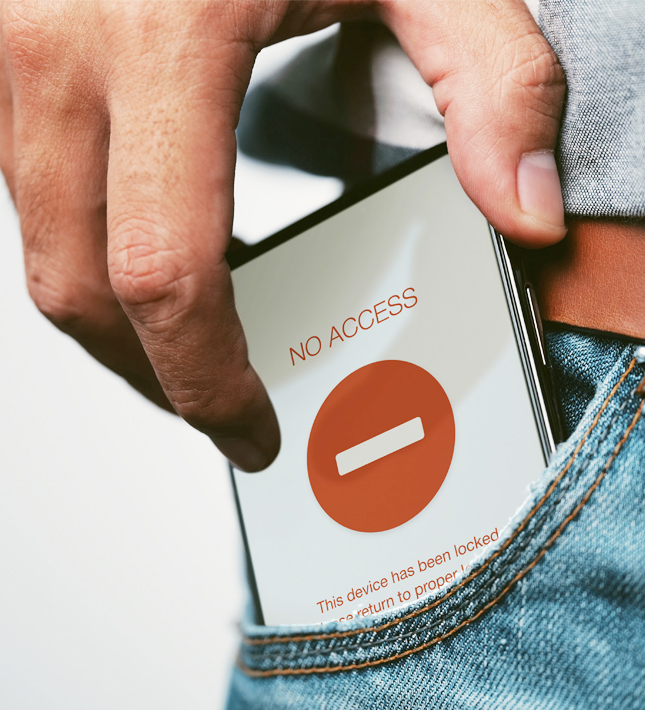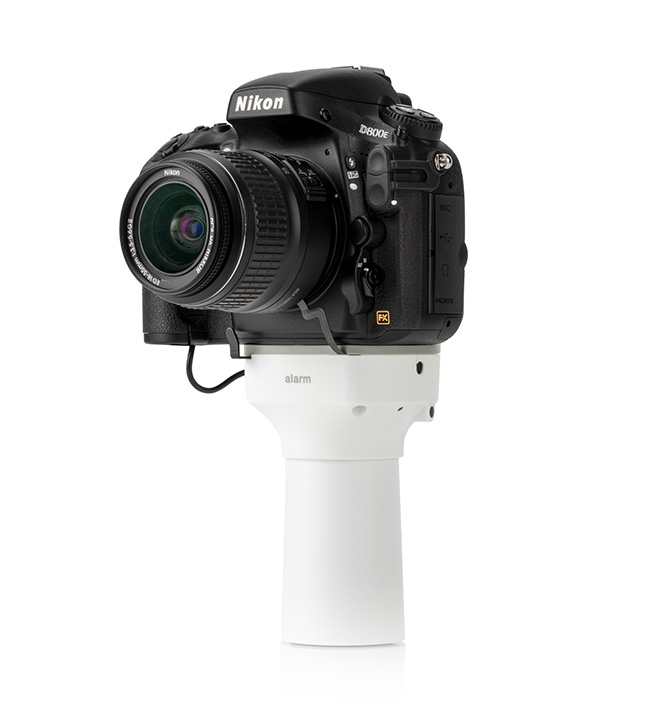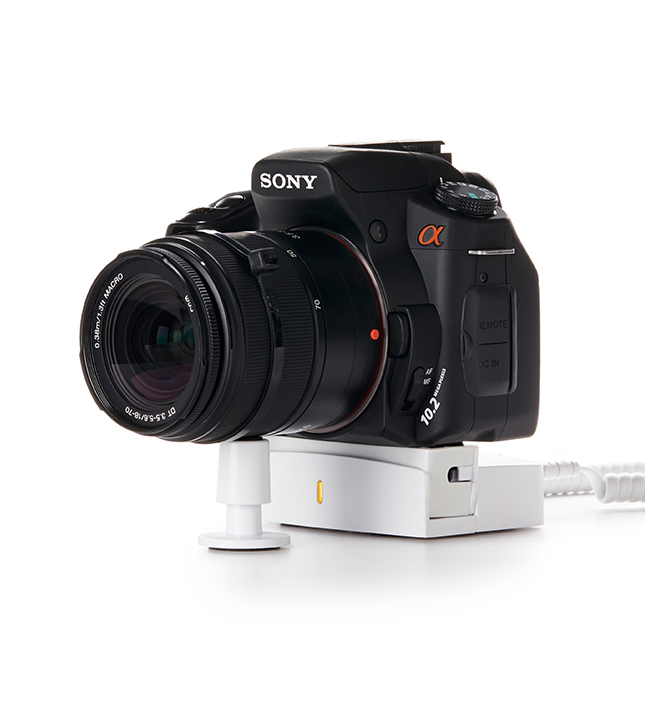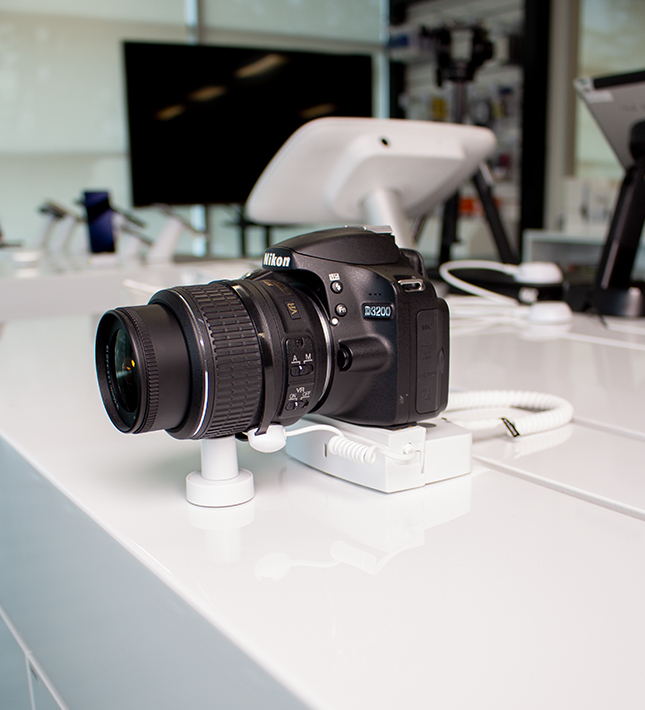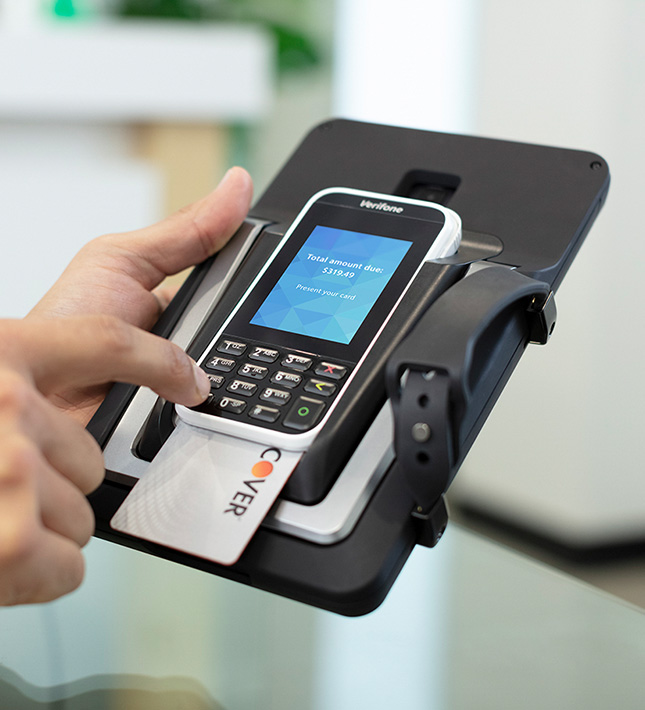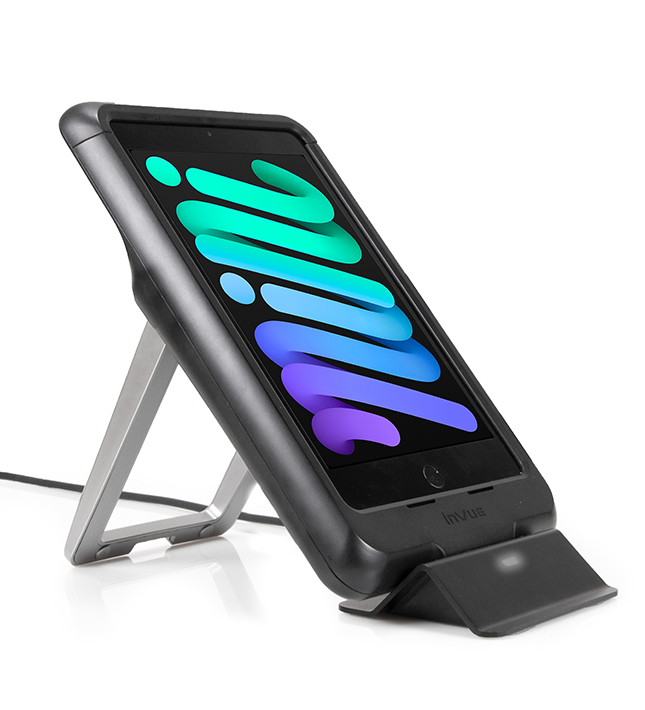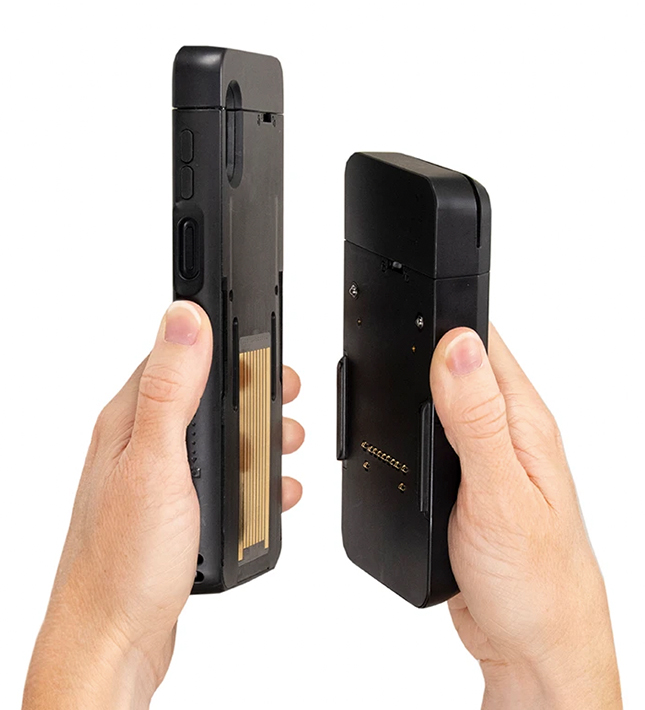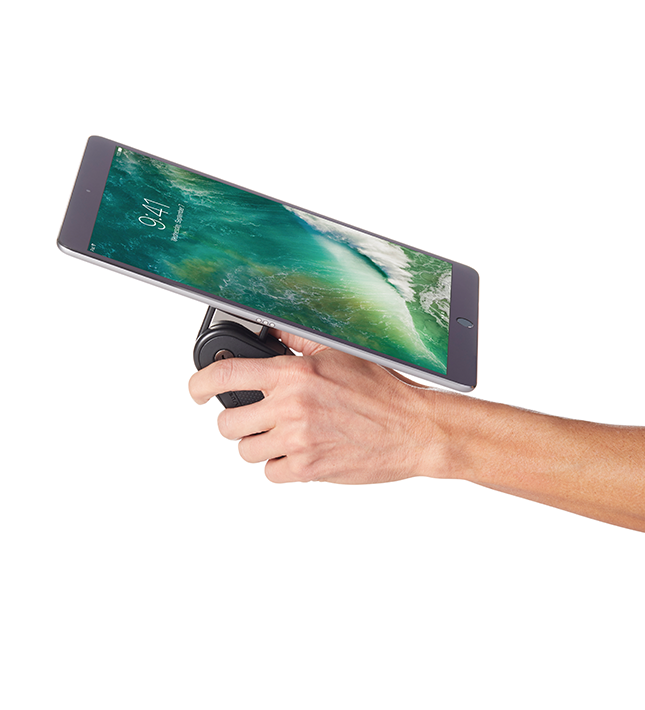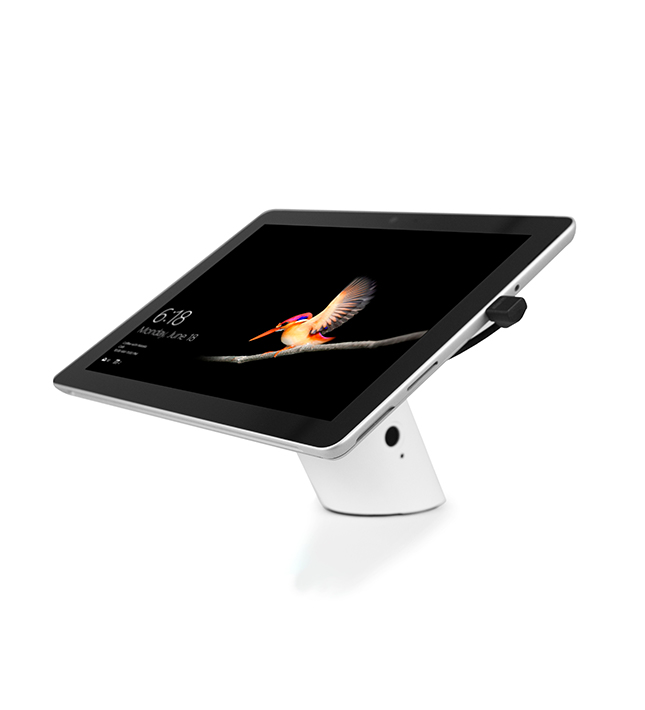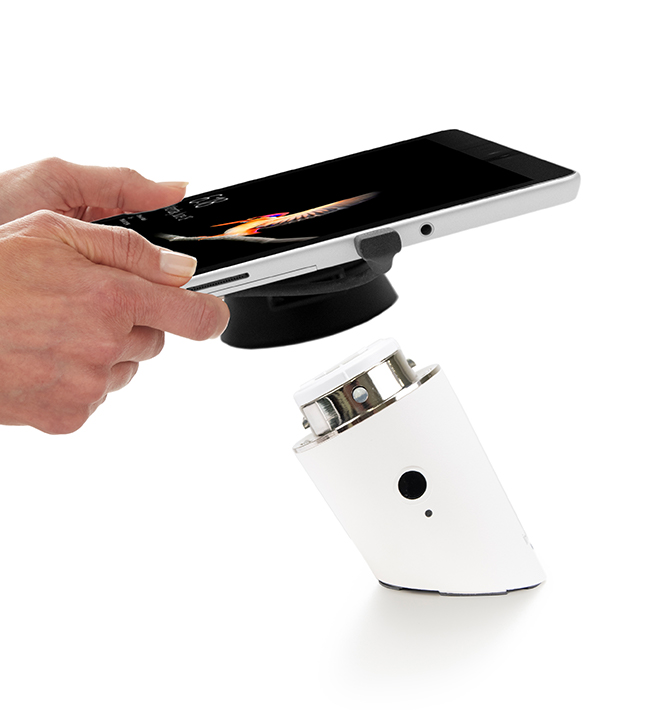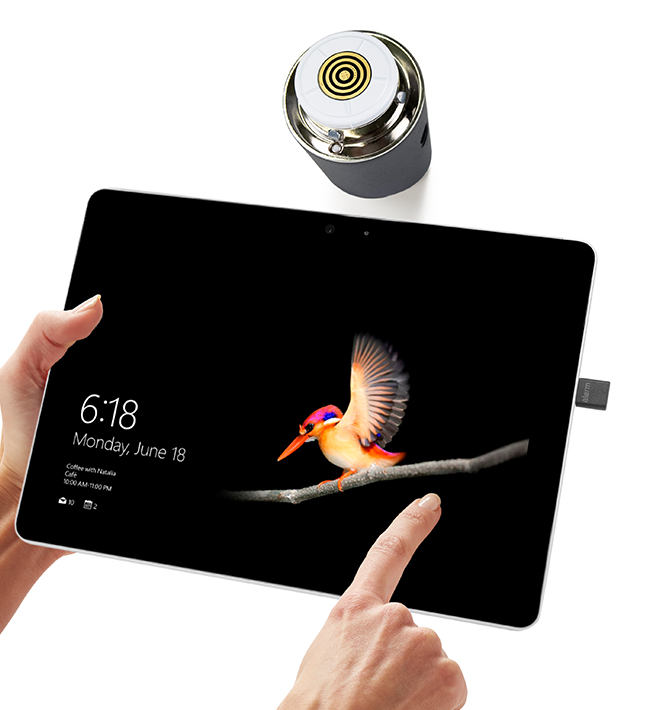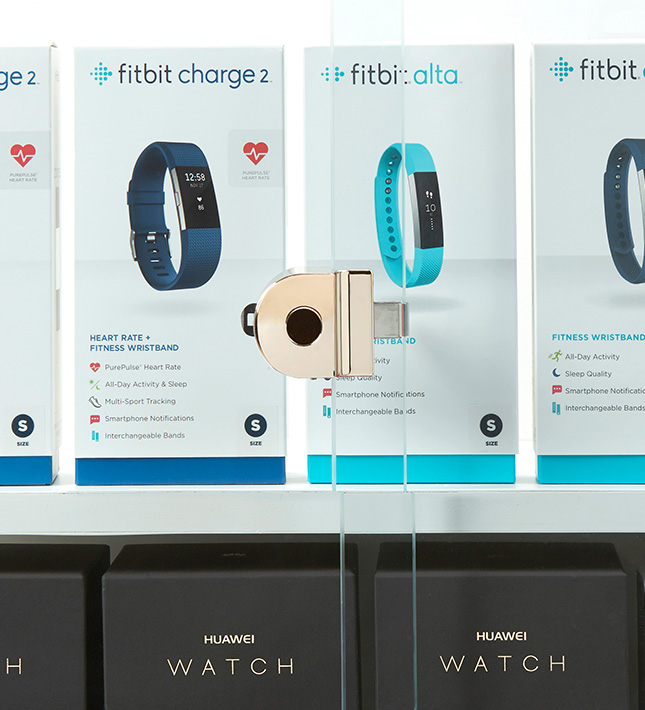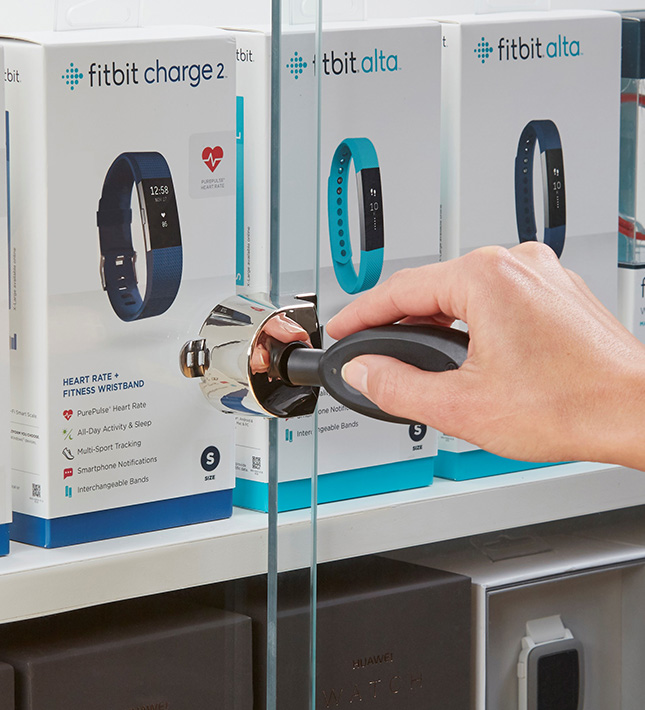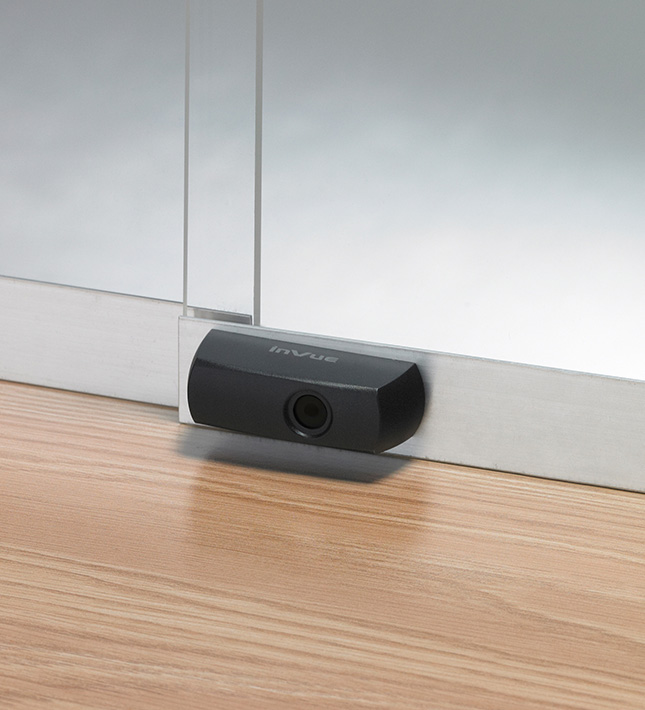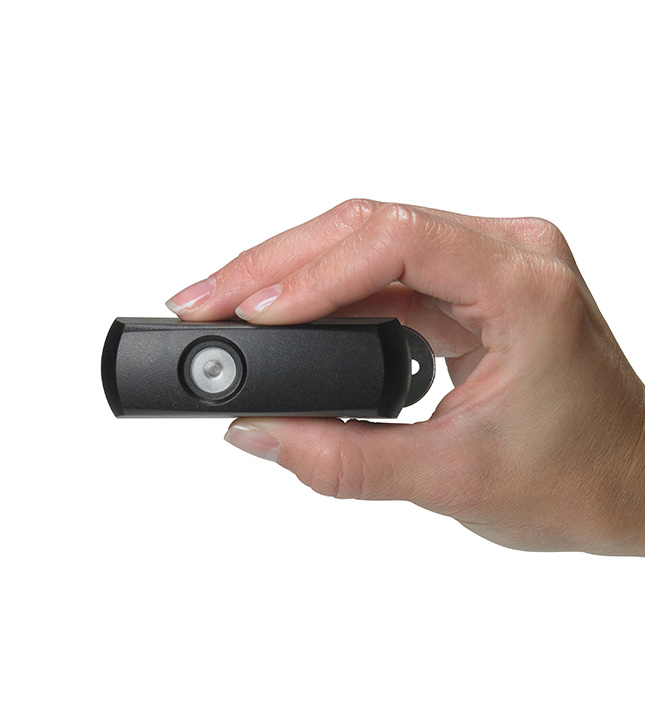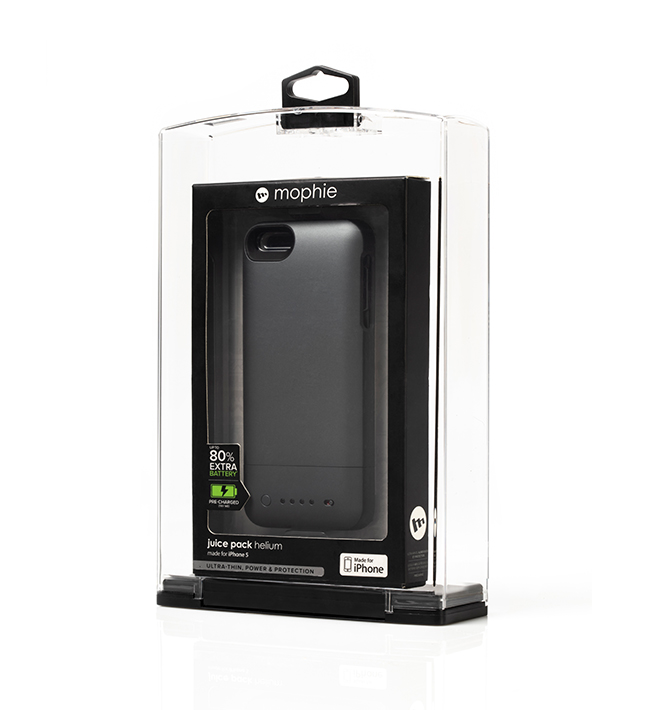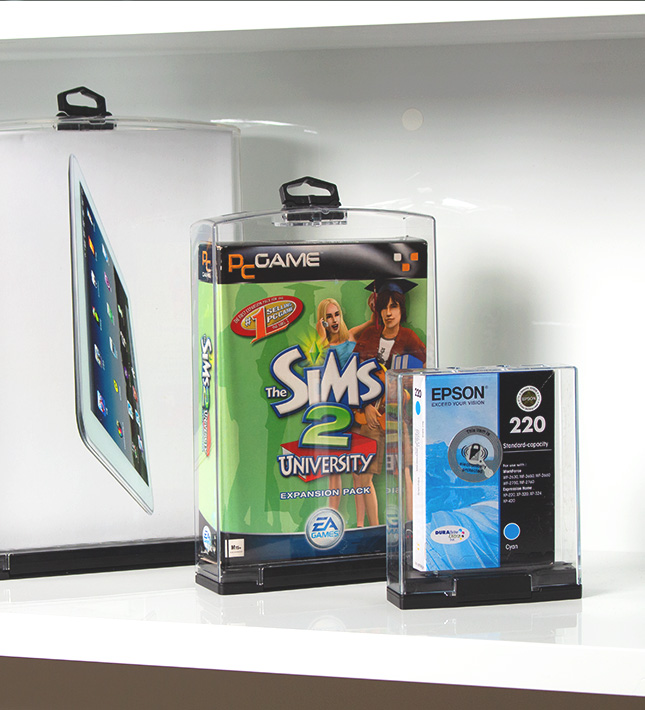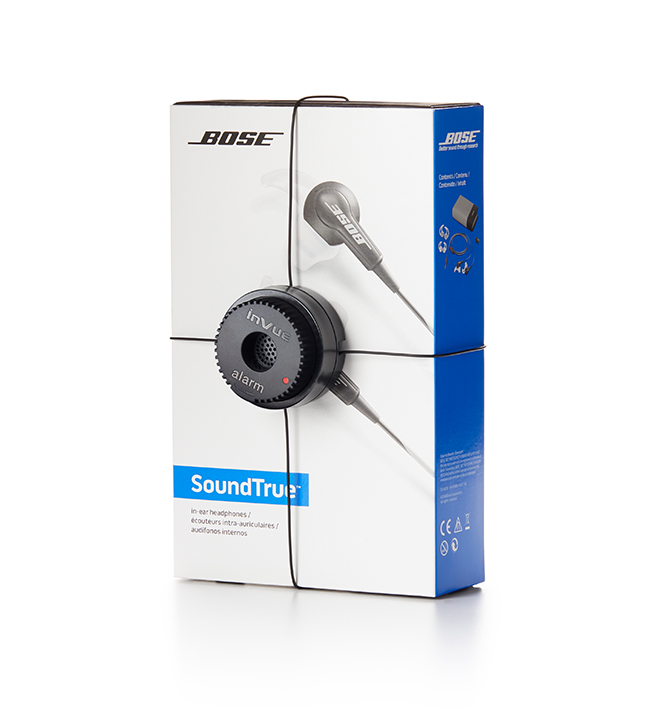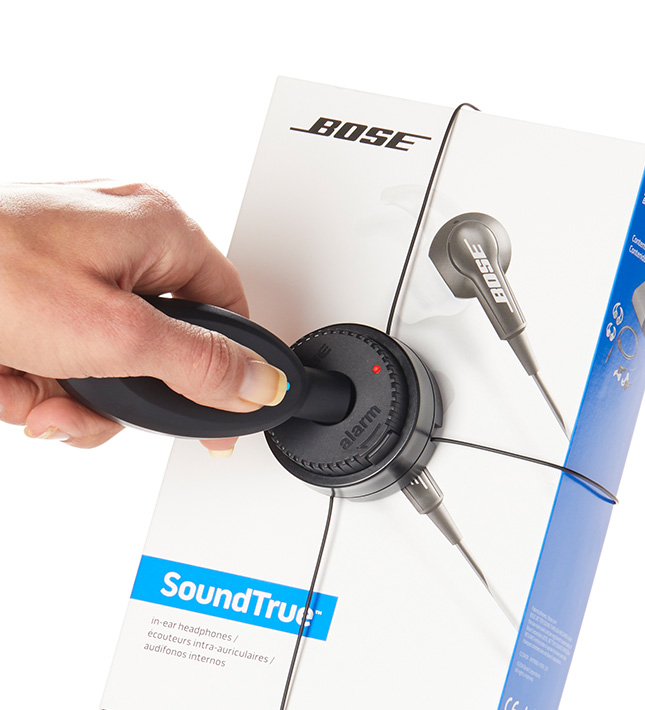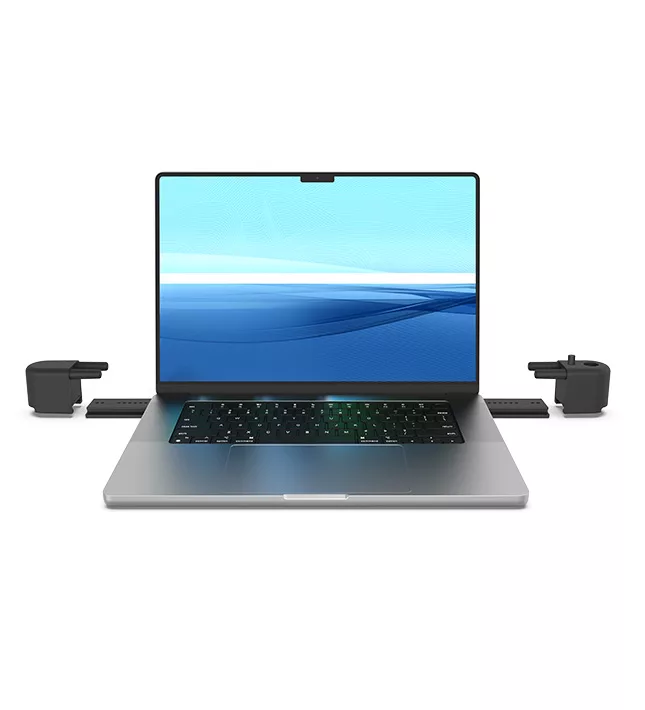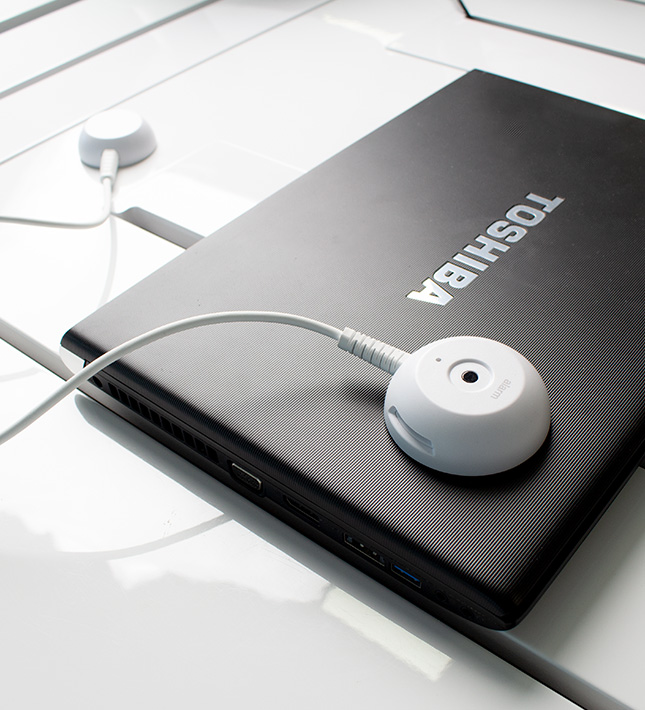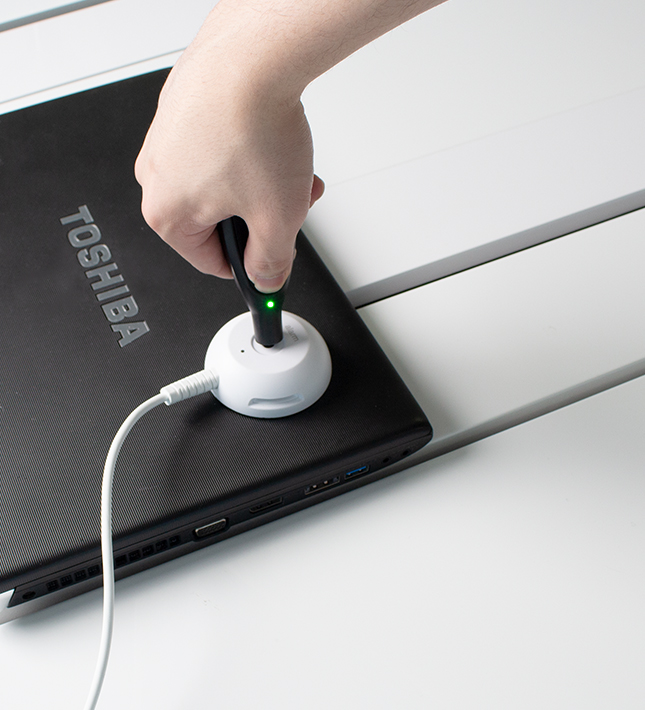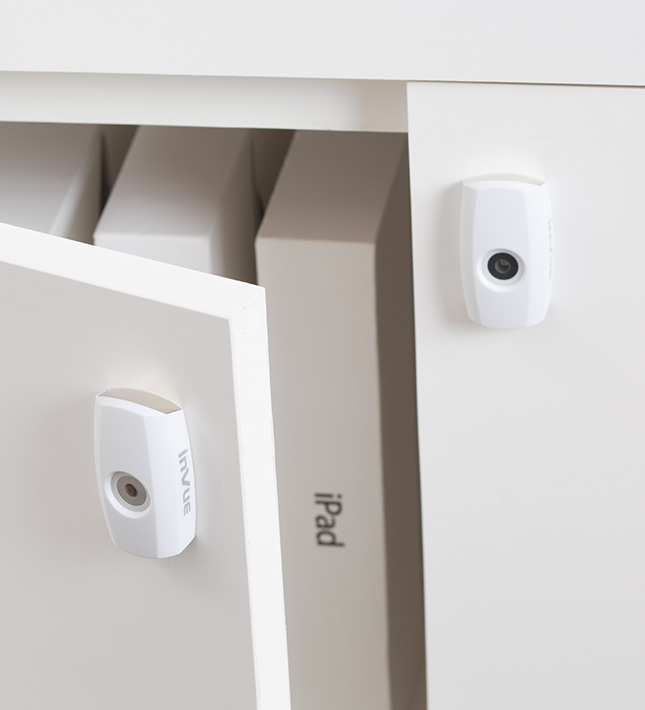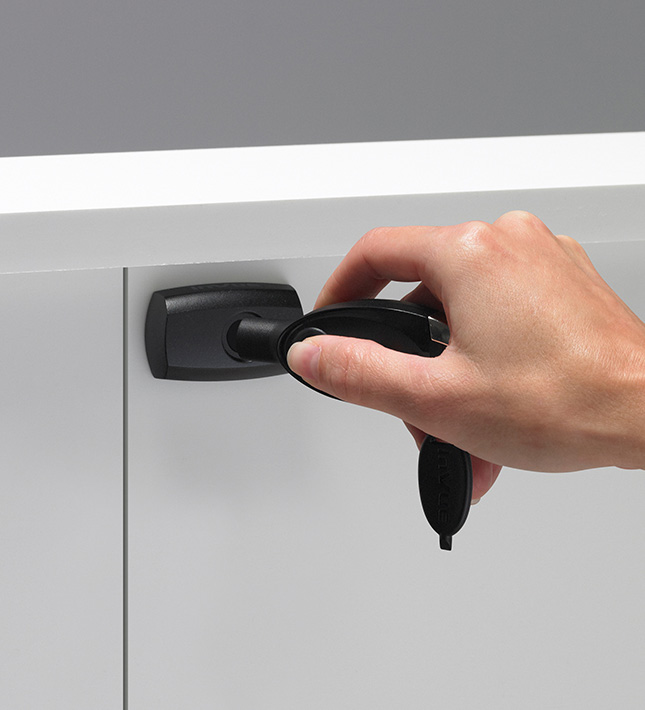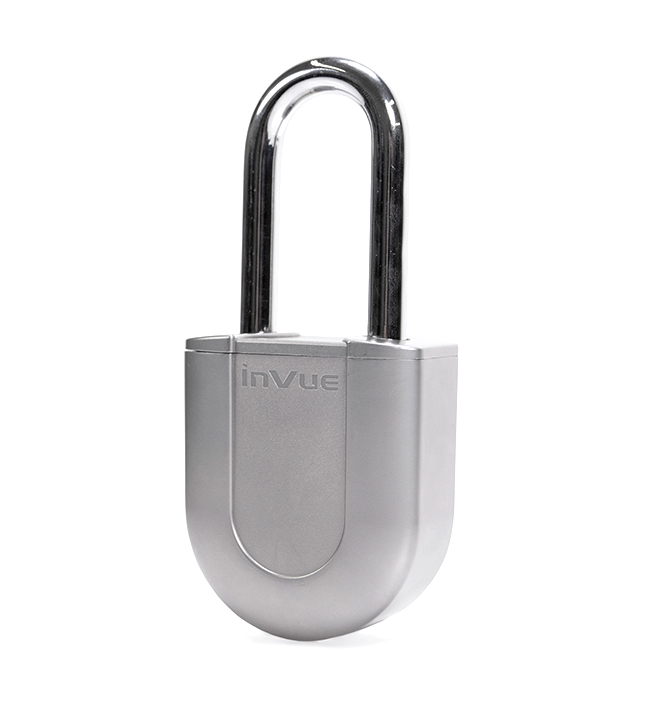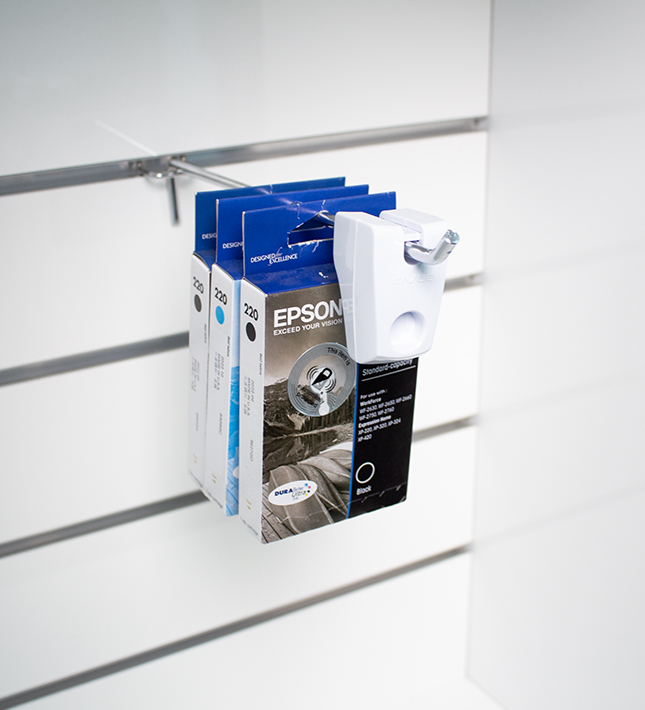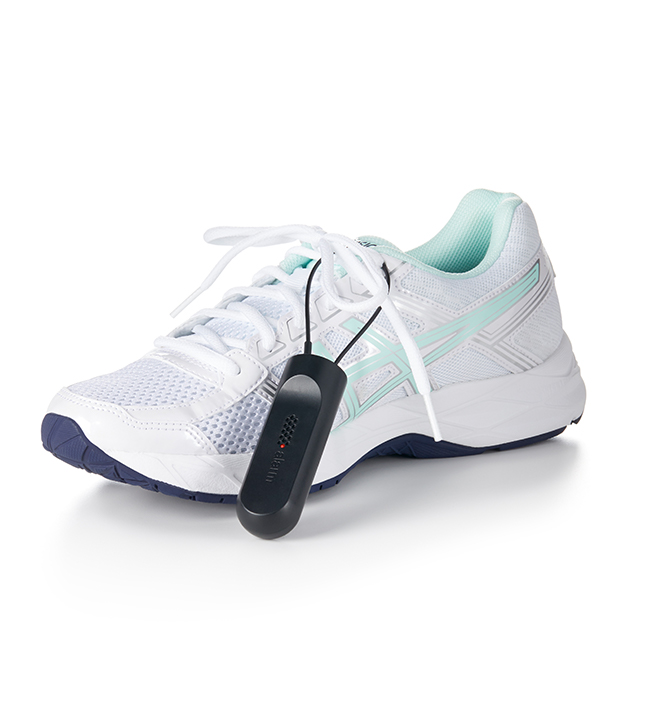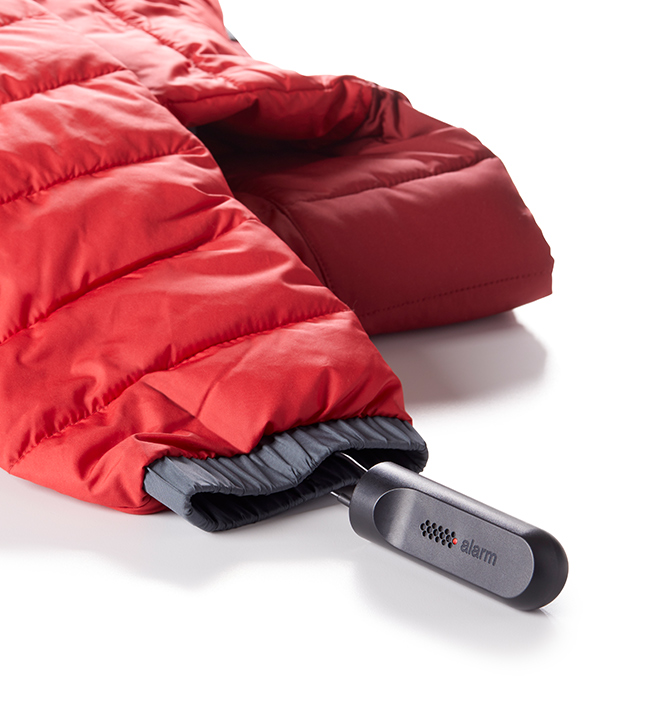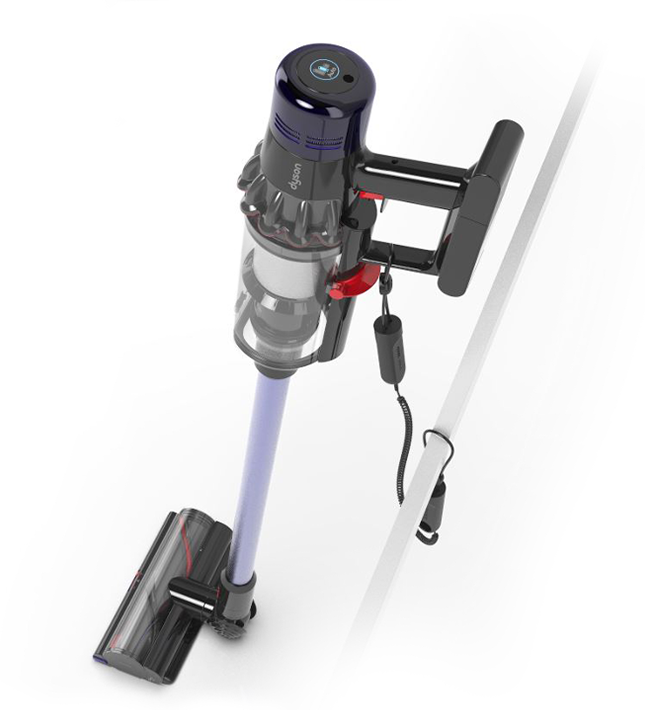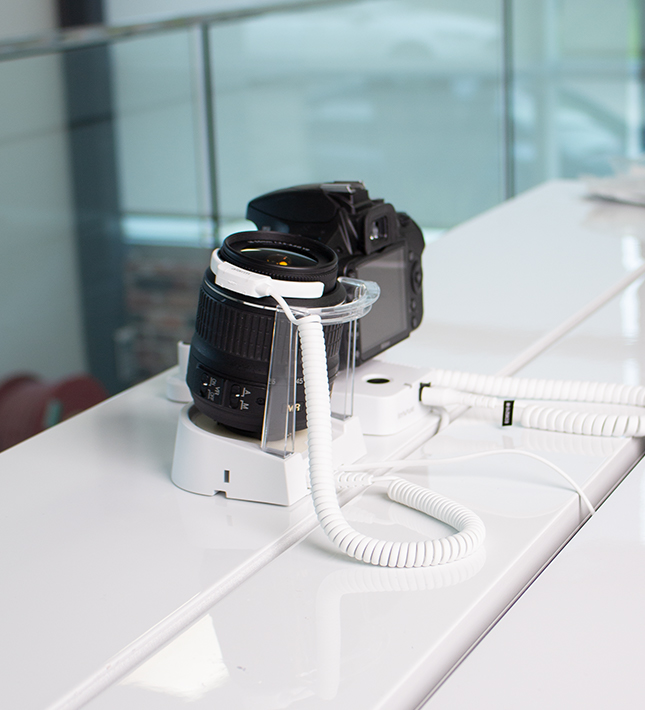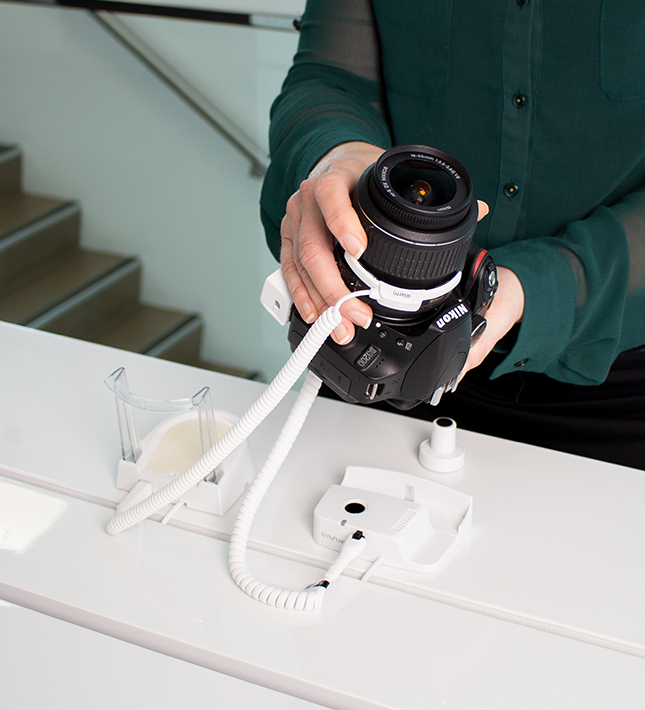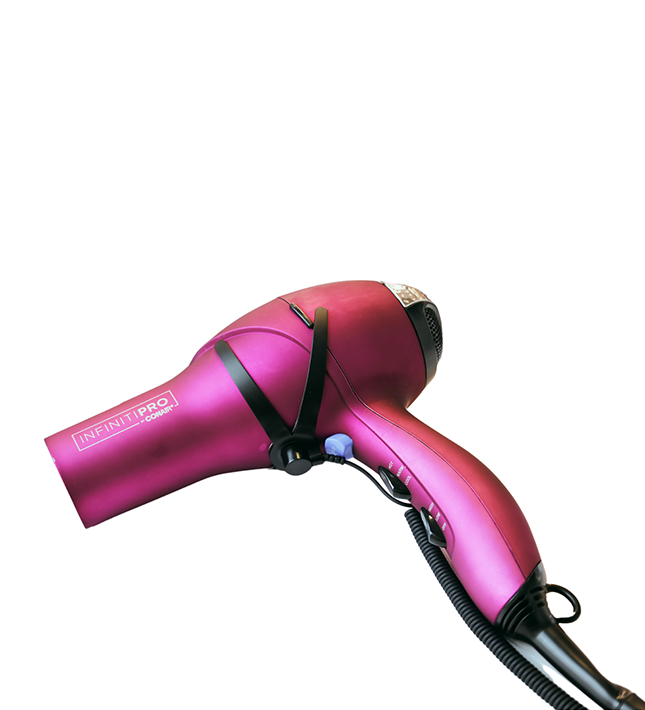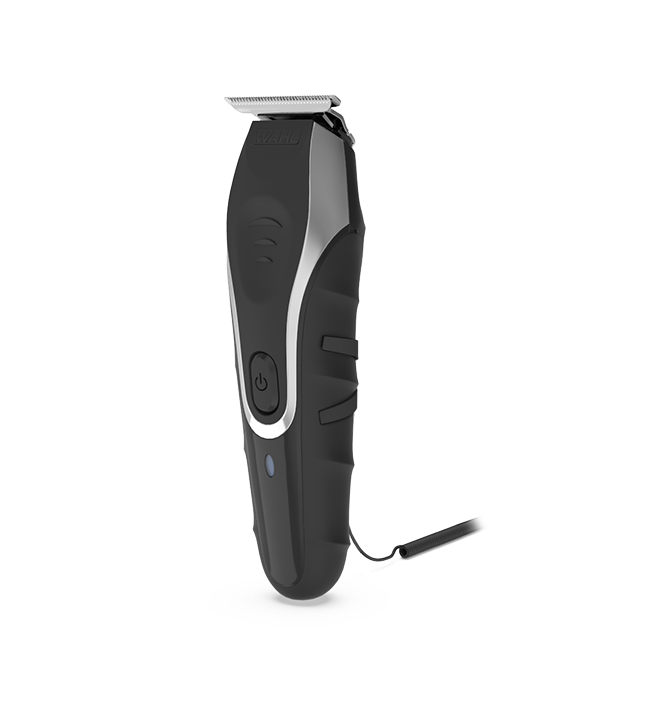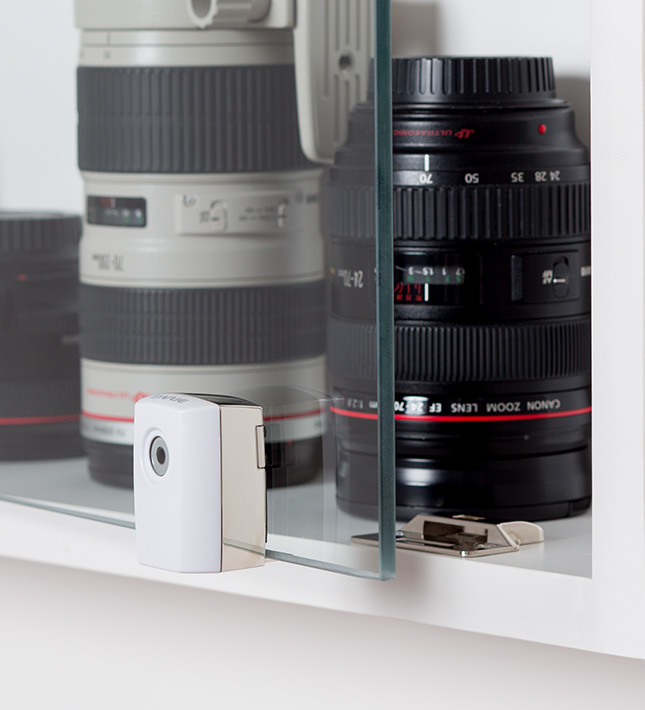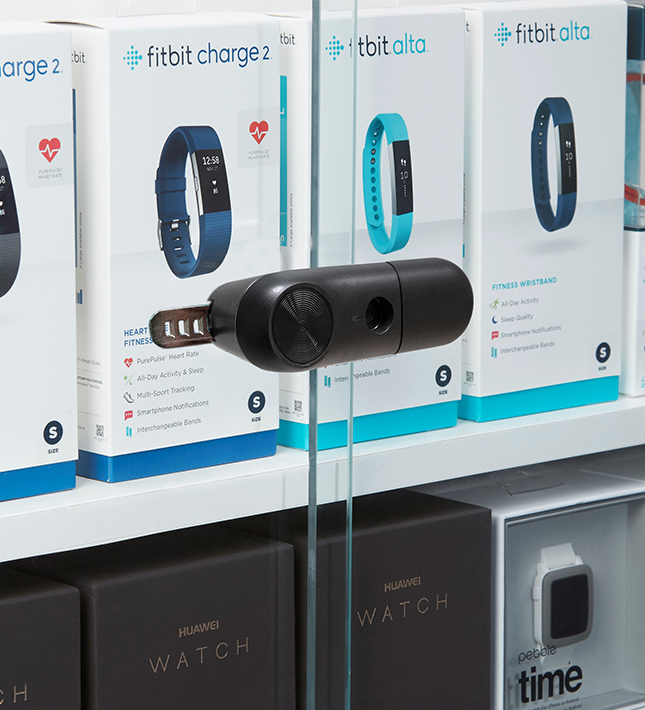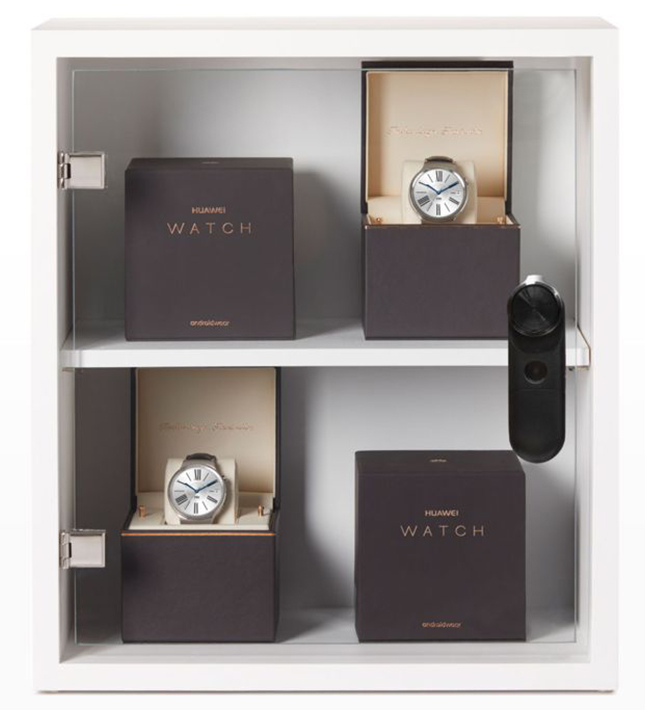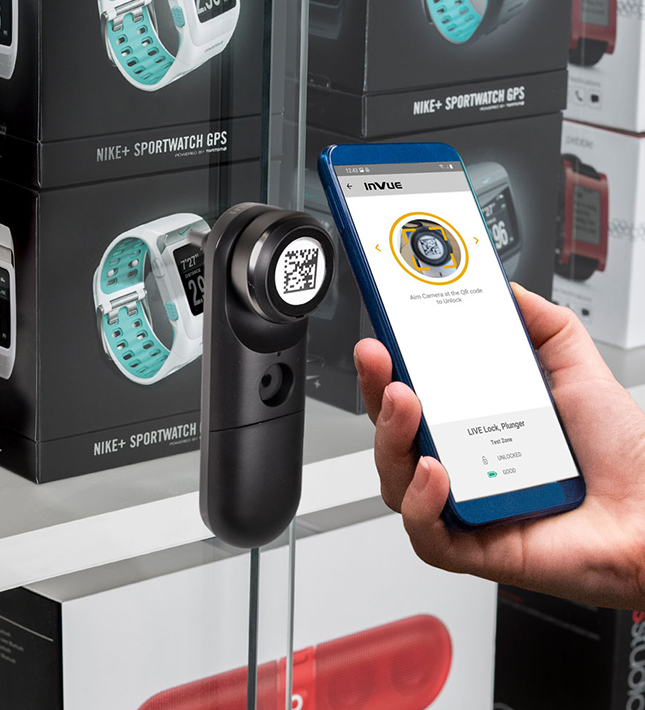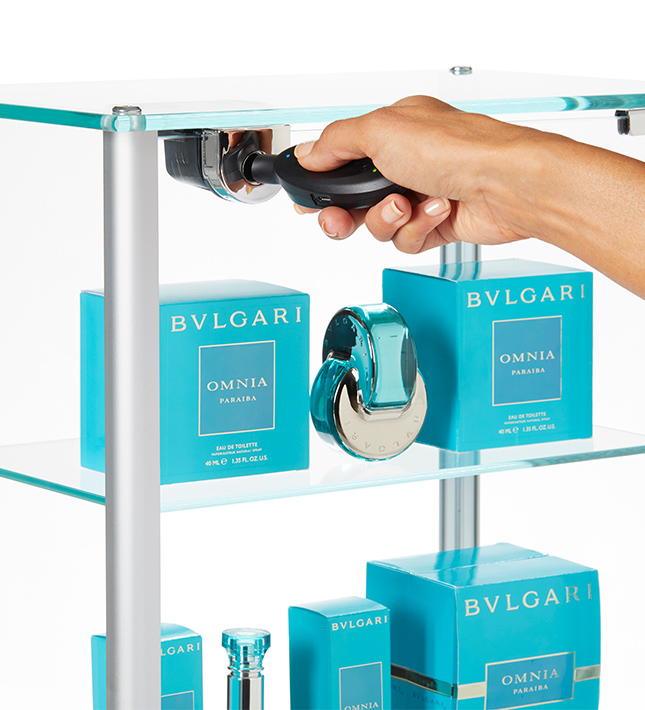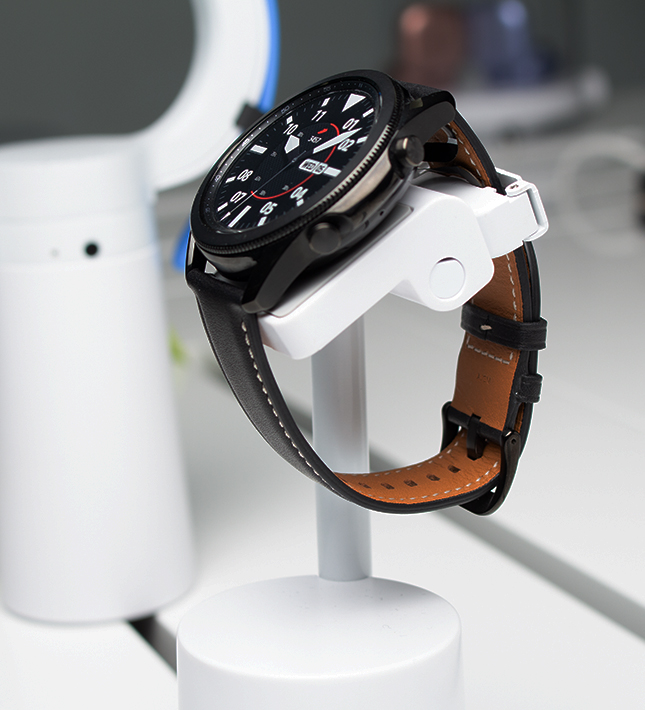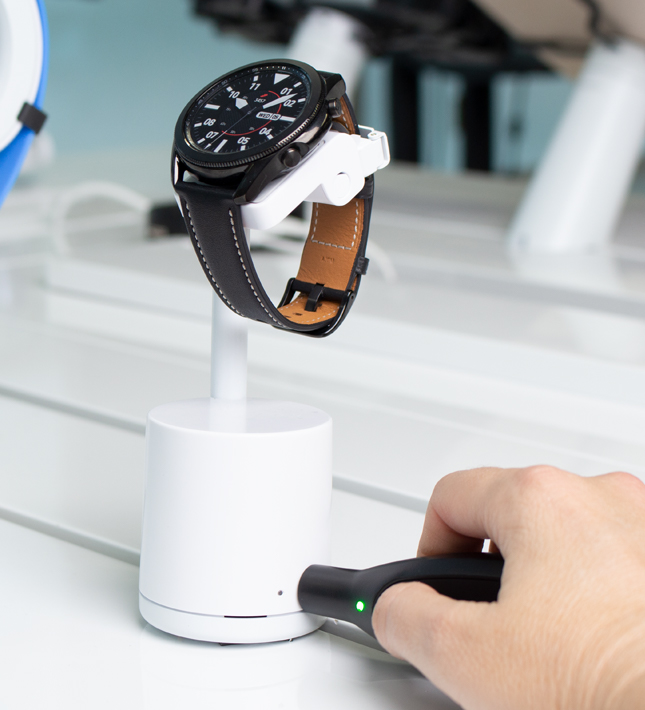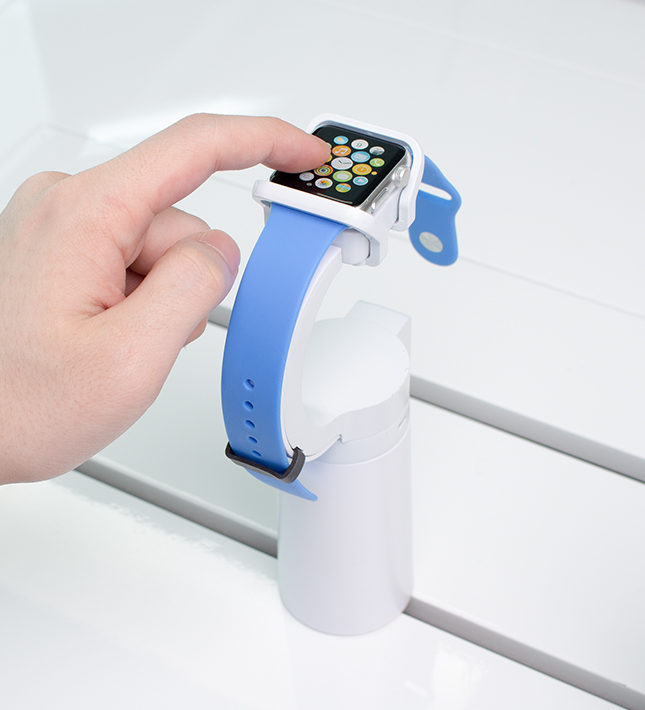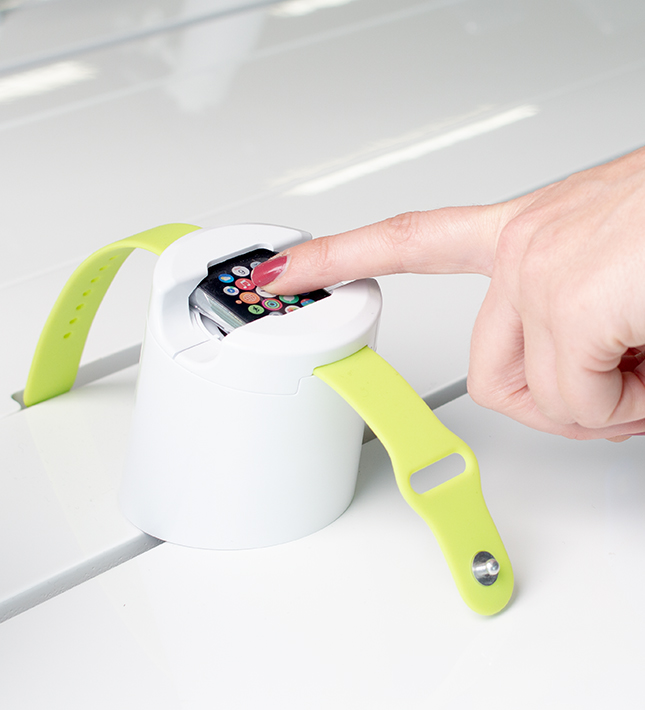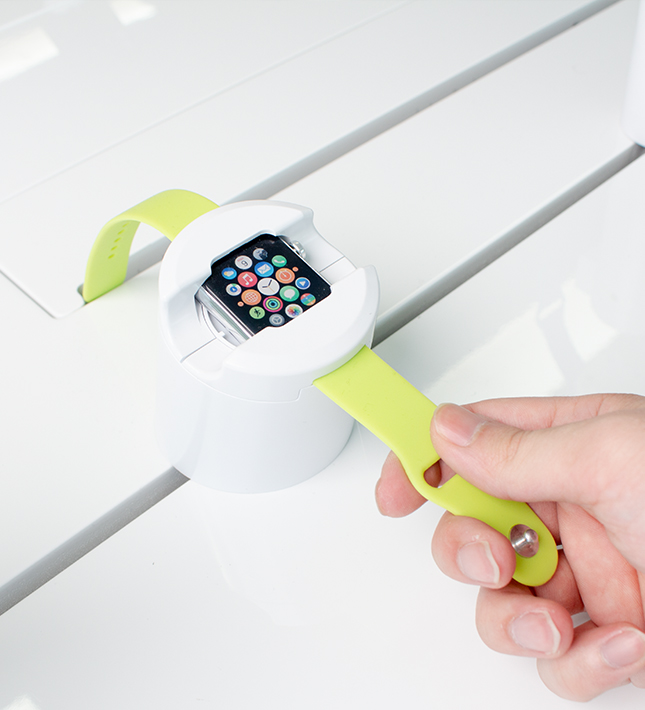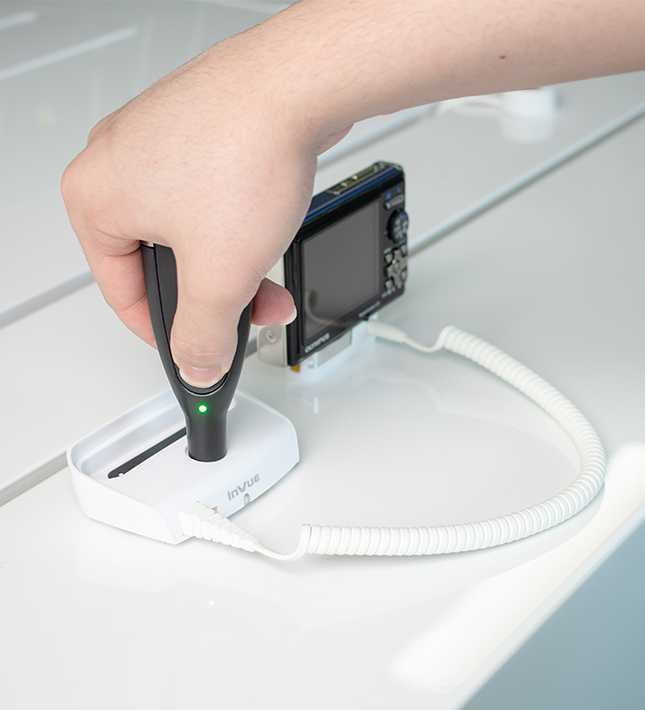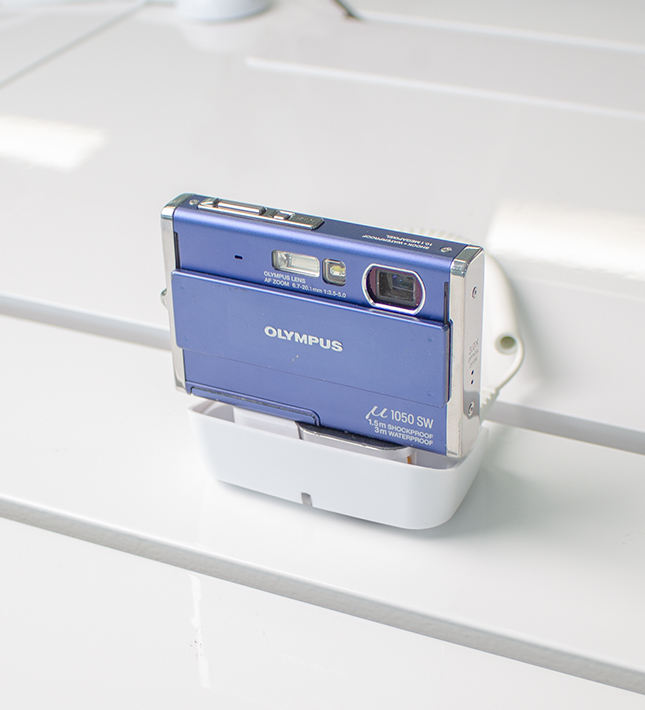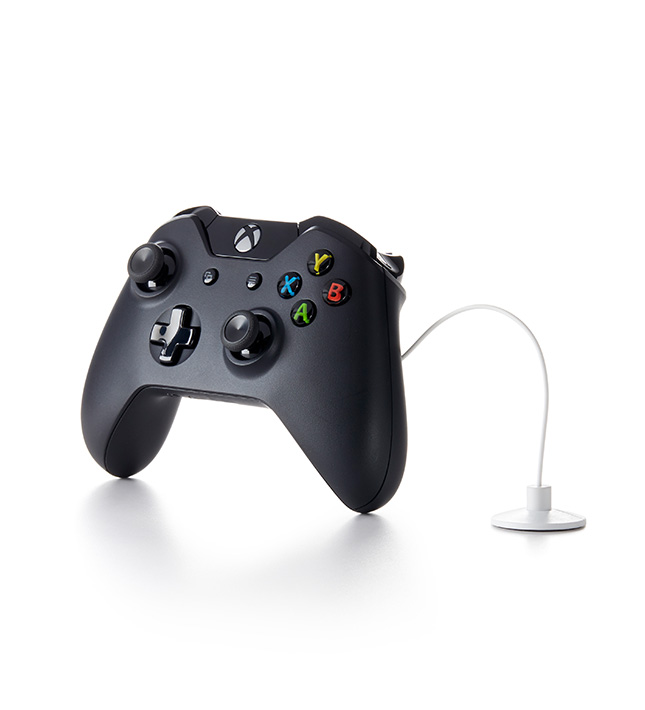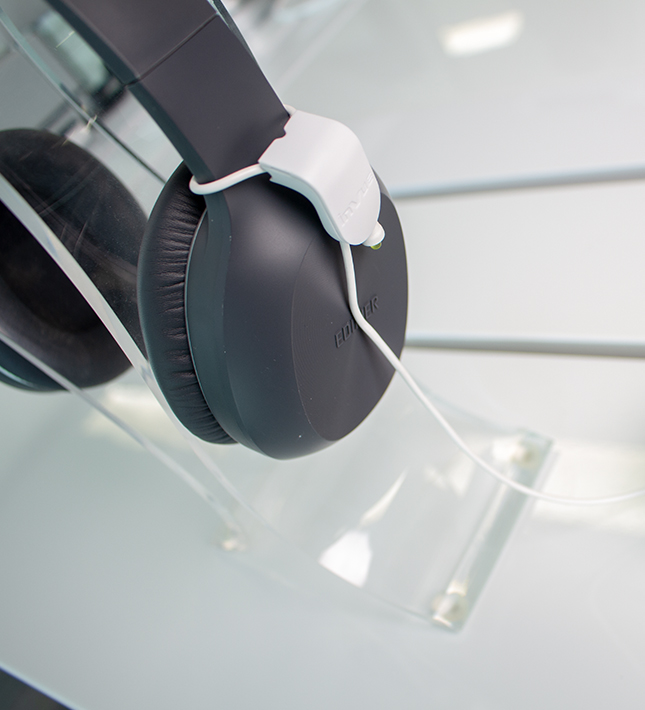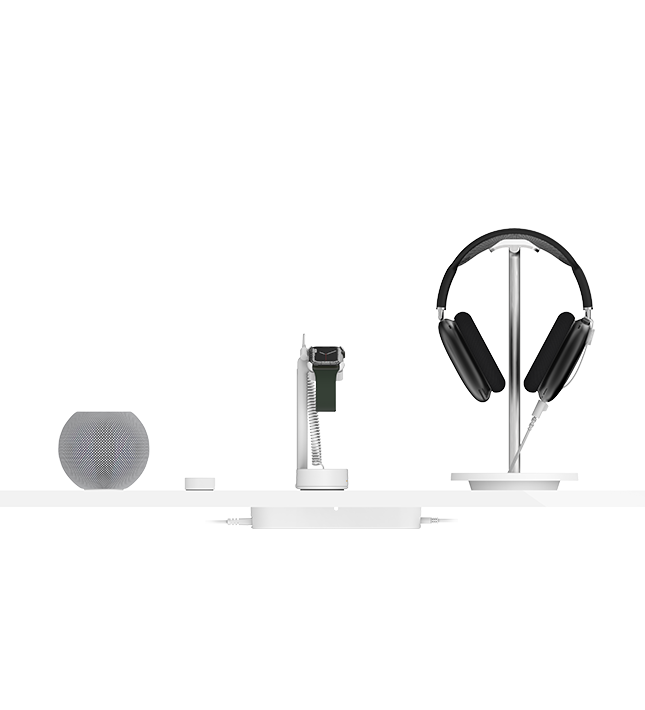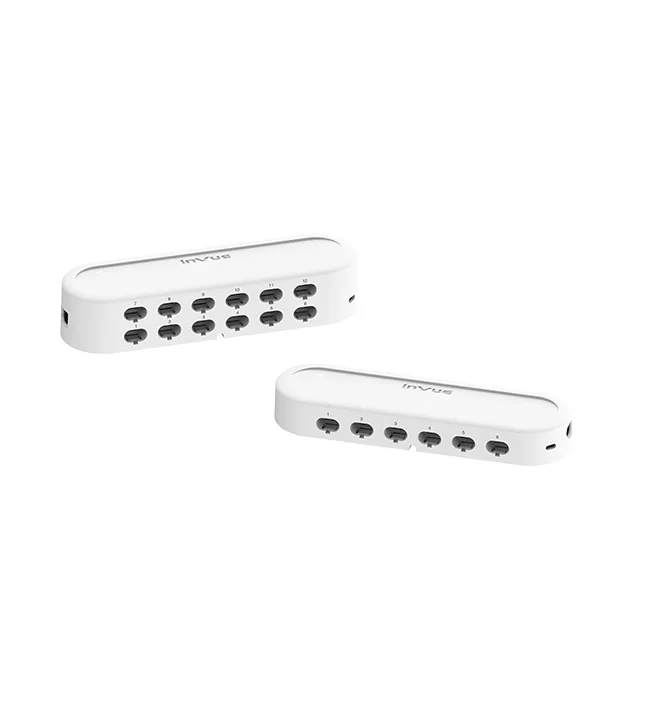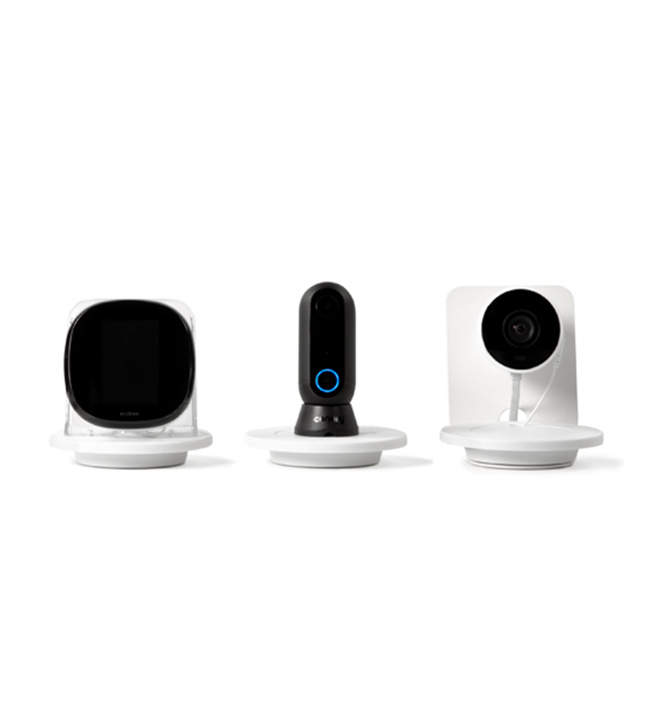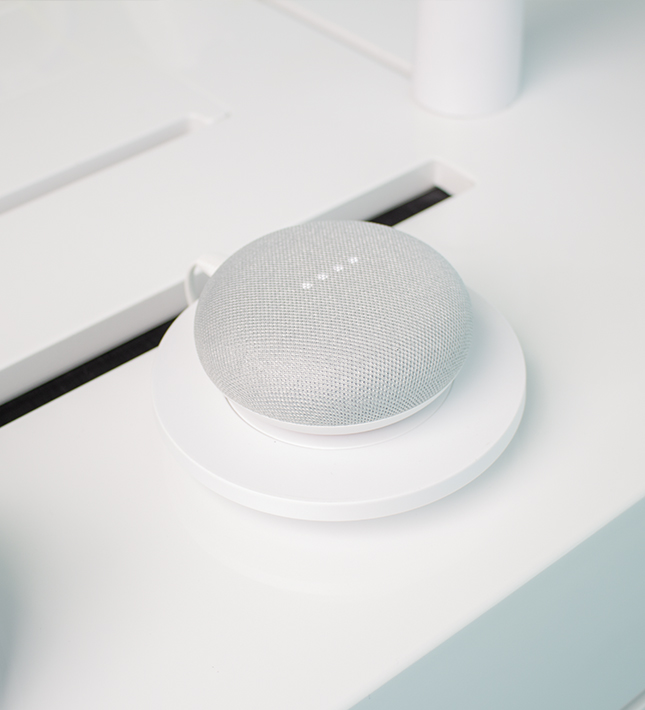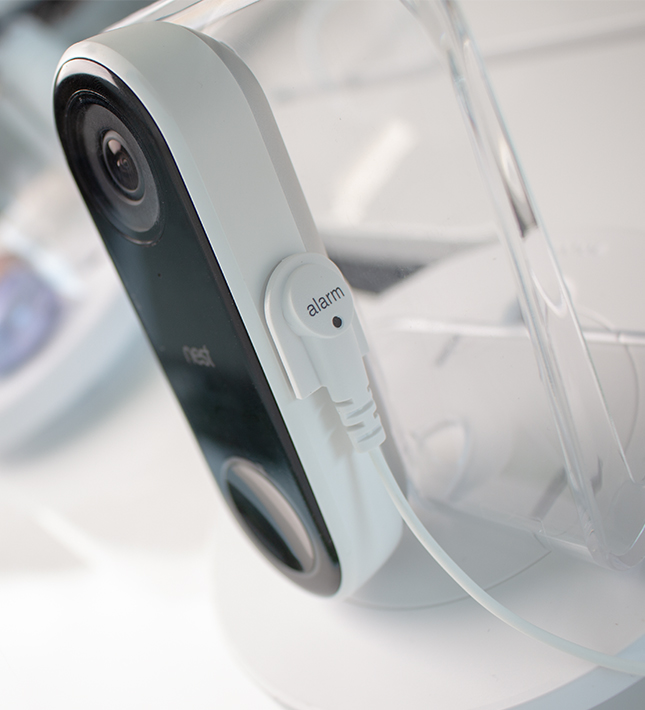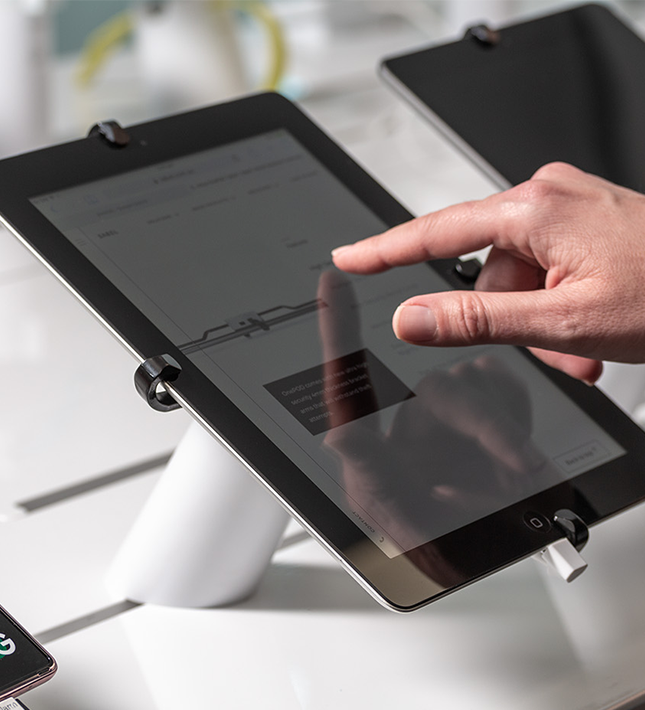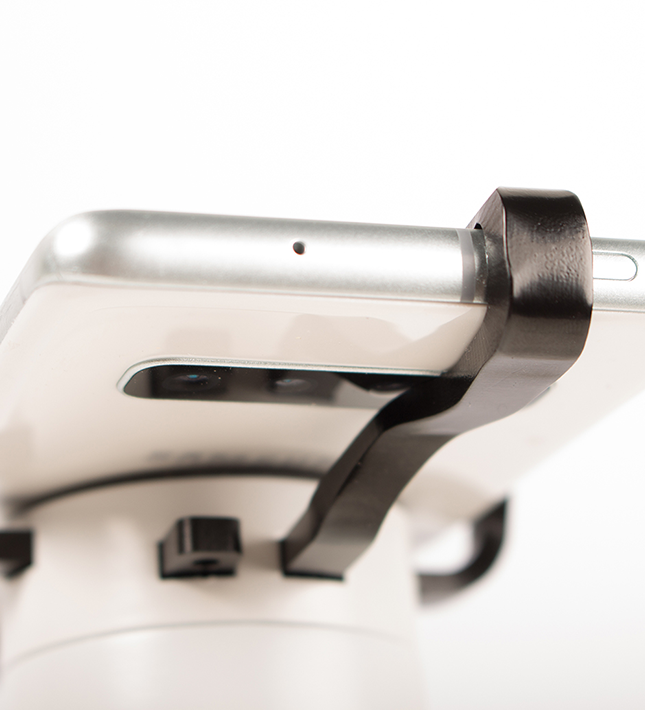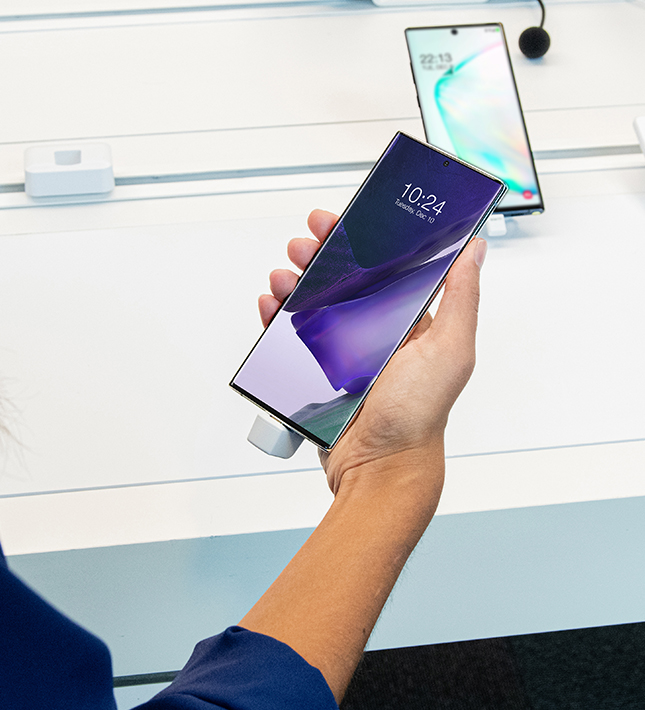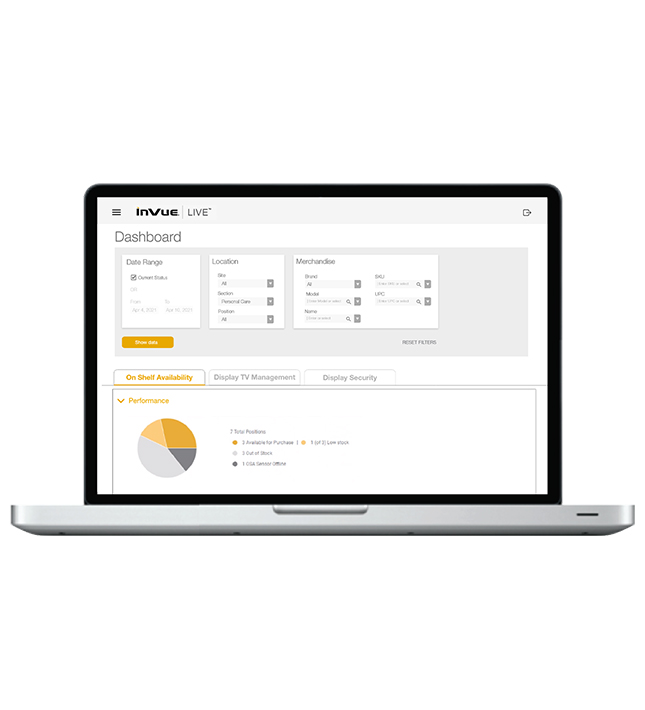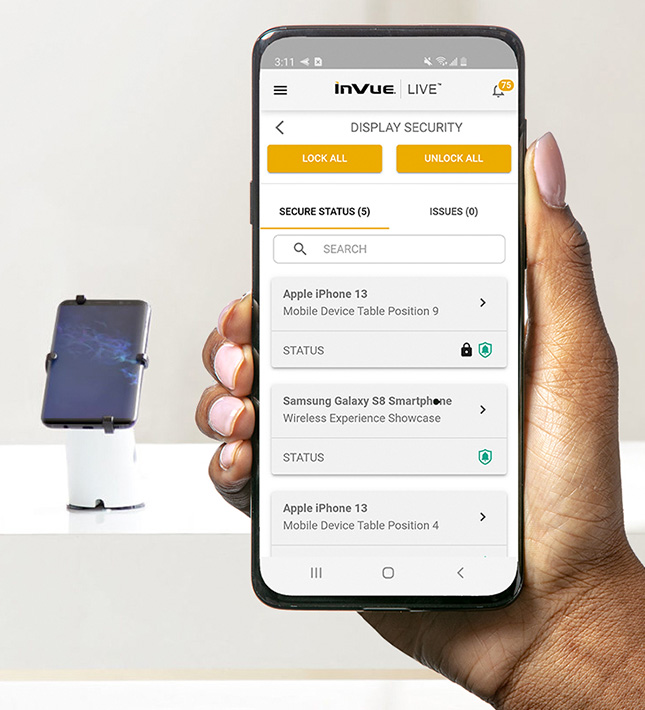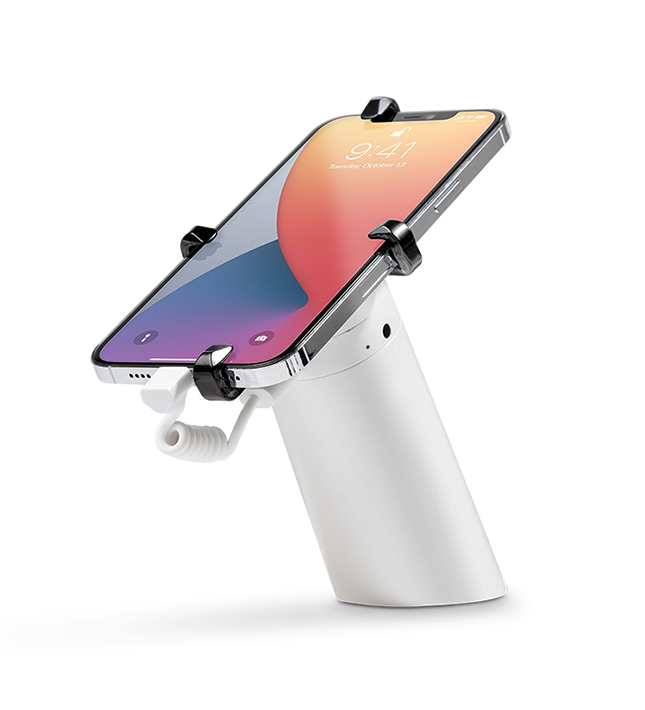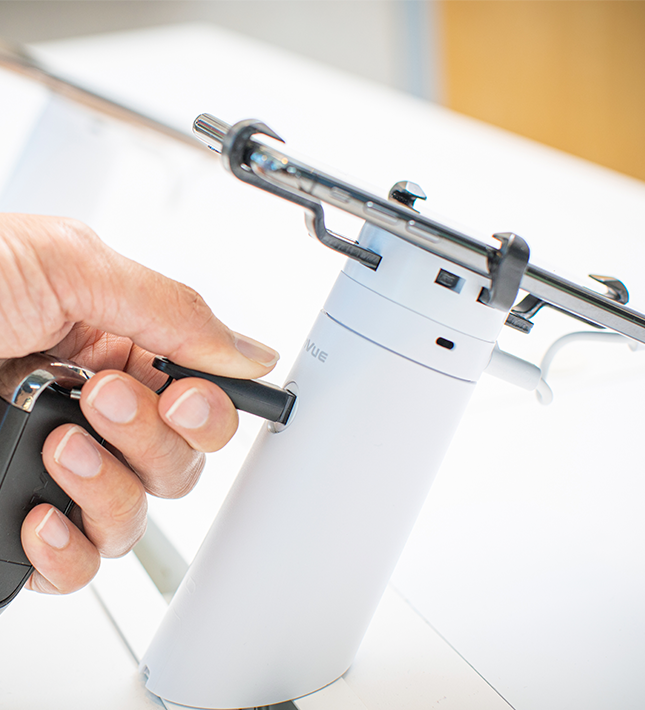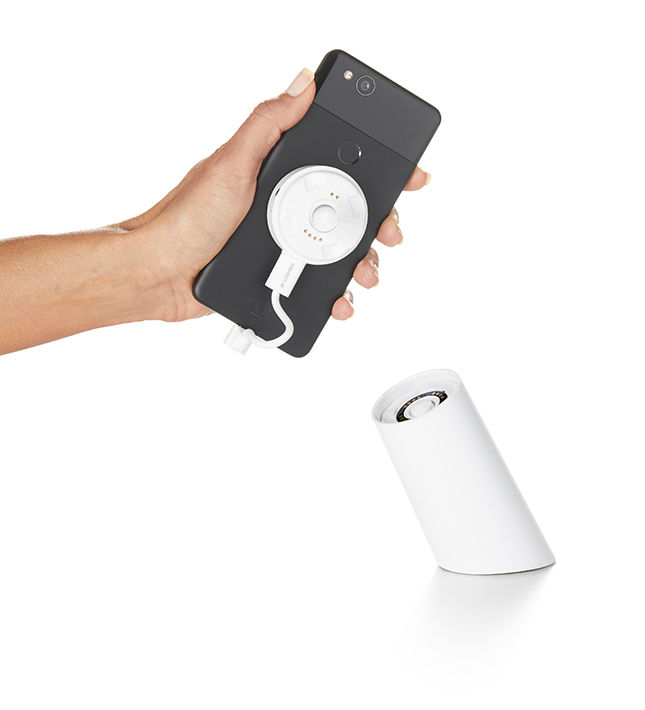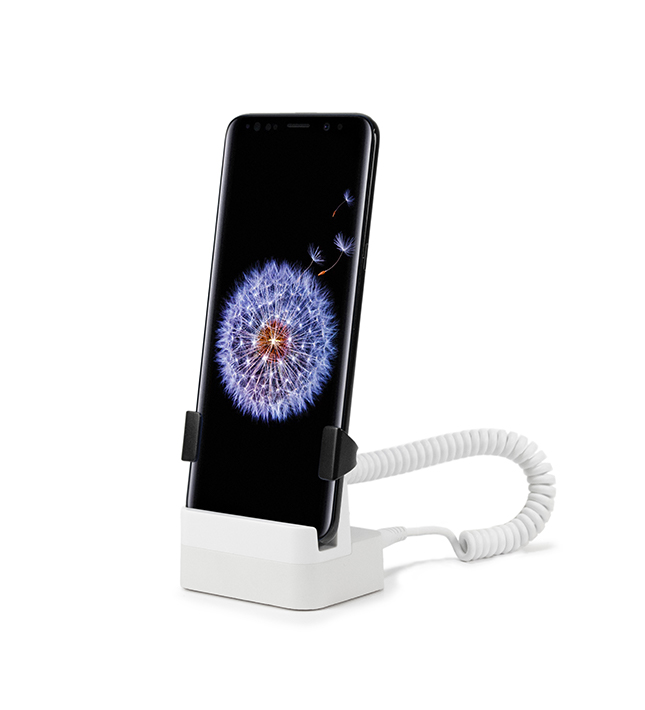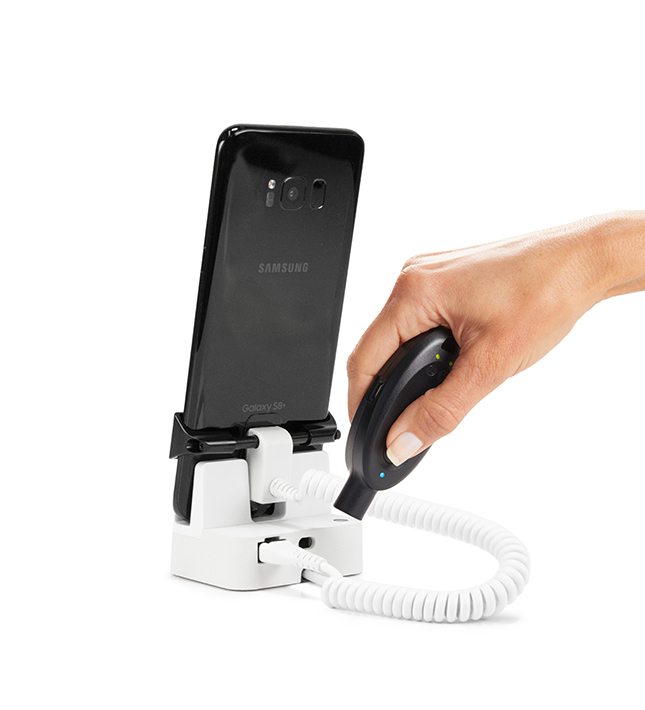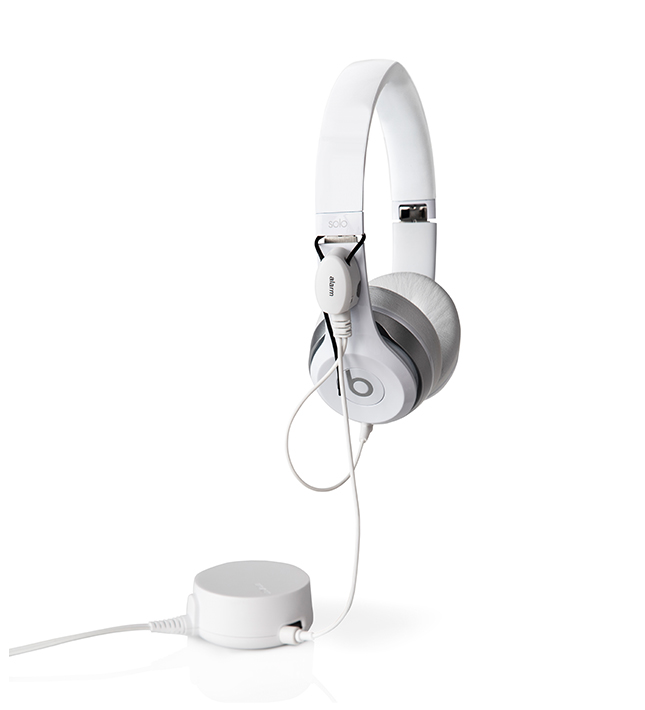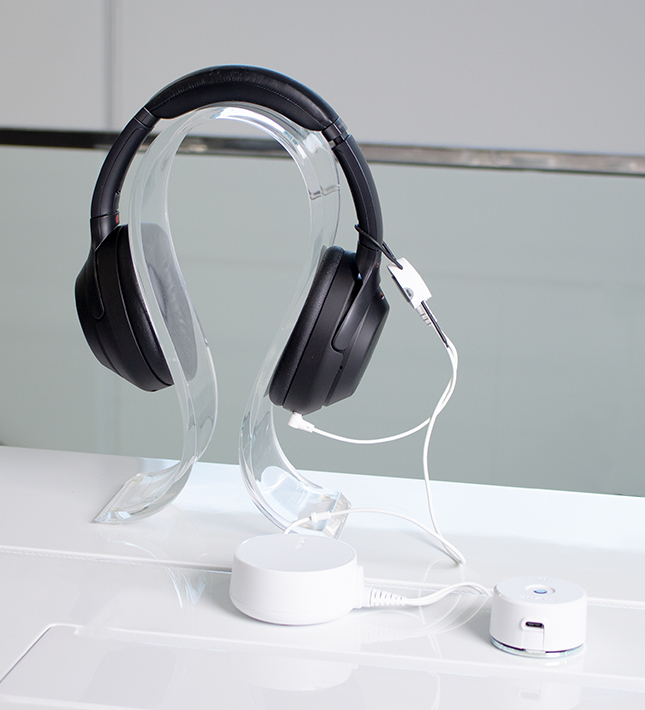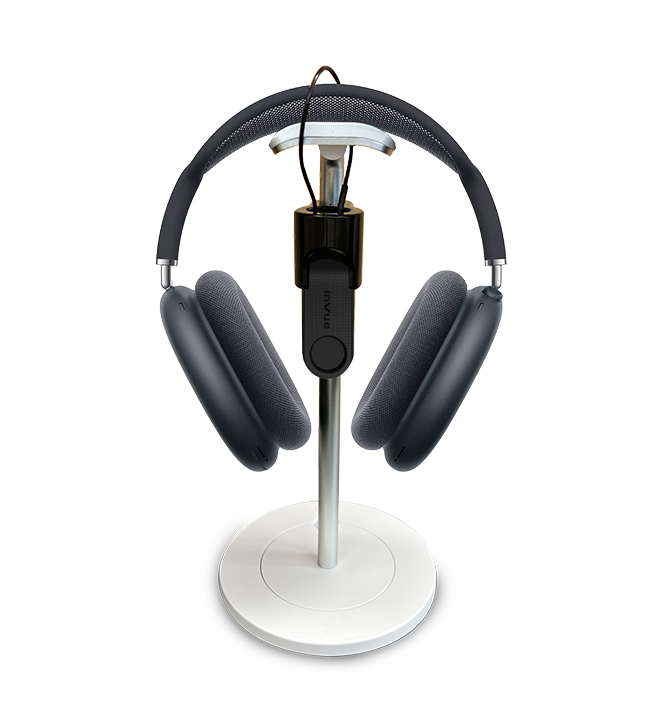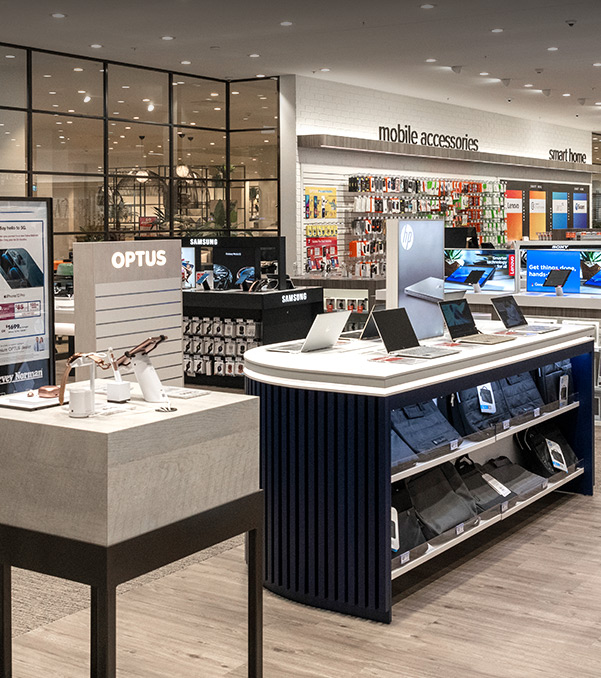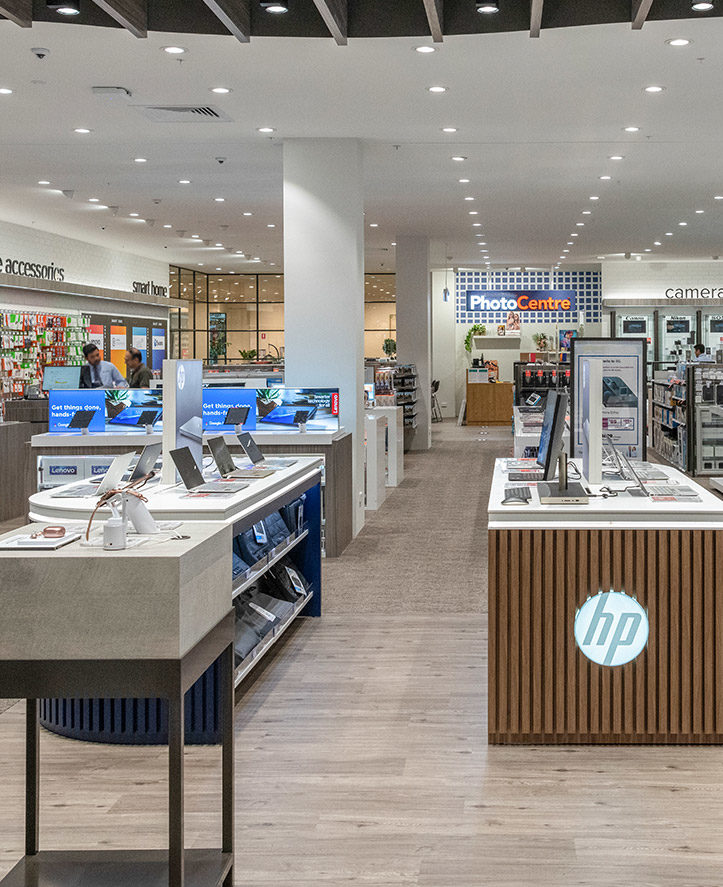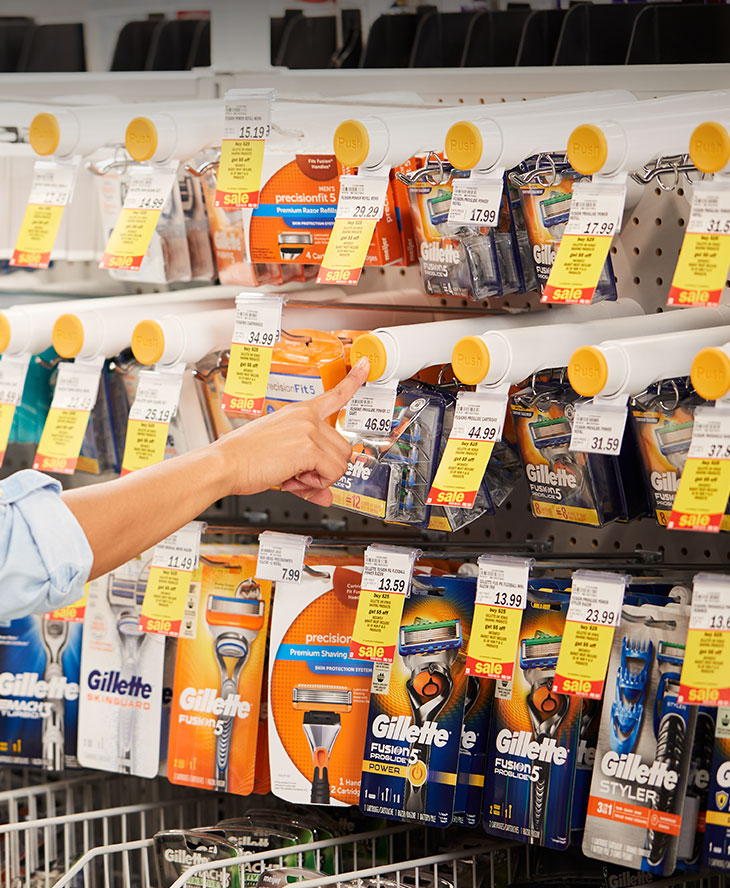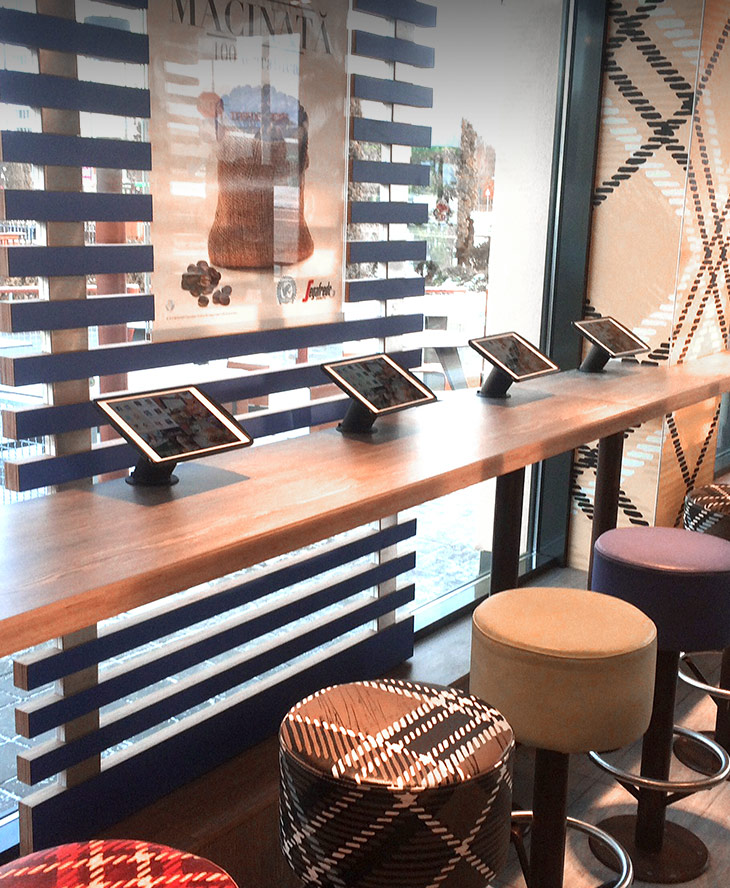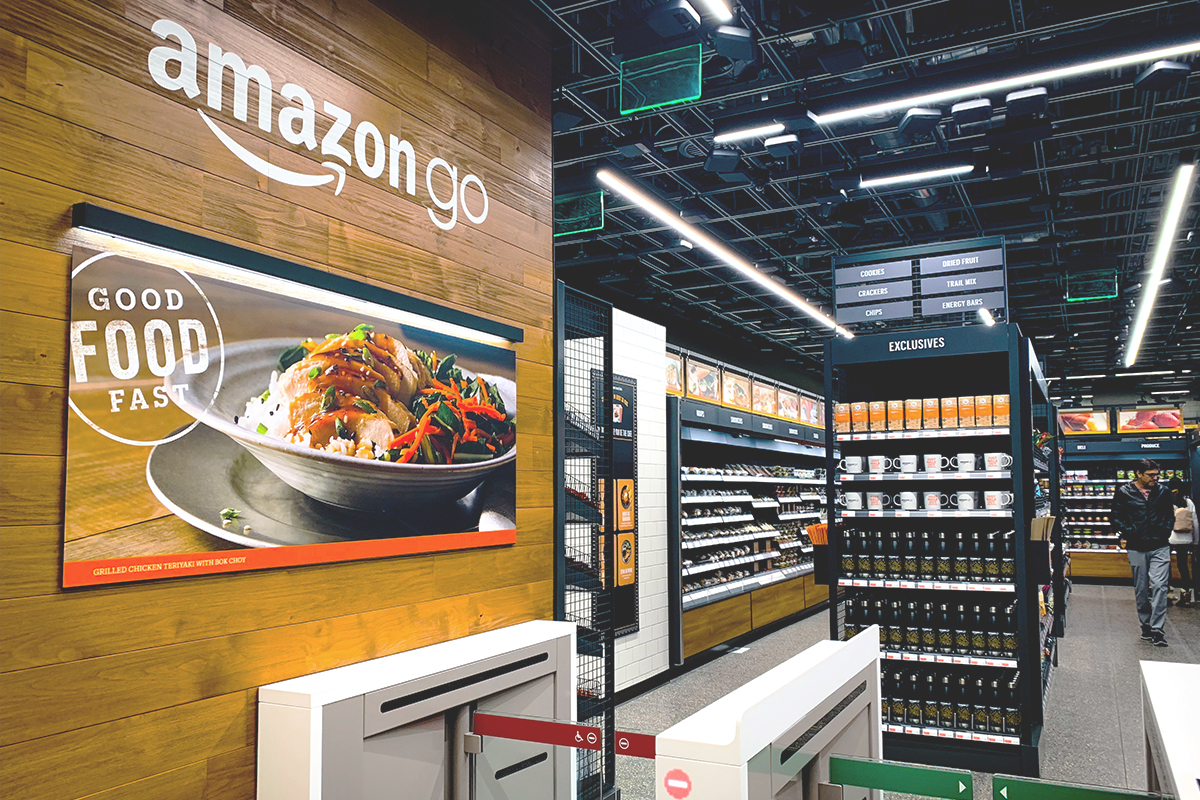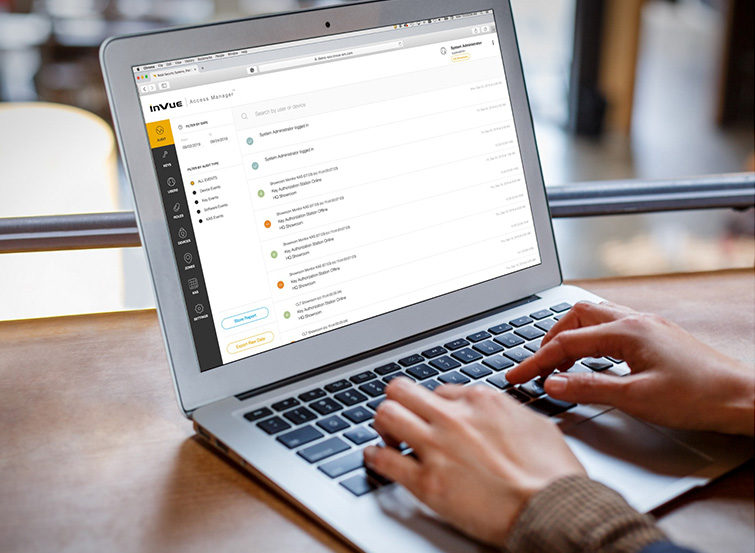The frictionless retail concept is not new
While people might consider frictionless retail as being all about embracing the latest and greatest technology, at EuroCIS Mr Frank noted it’s not a new concept.
Rather it’s an old idea that has come back around.
In fact, as early as the 1930s, retail innovators were trialling ways to provide a frictionless experience somewhat akin to the modern Amazon Go.
The idea was there but the challenge became making the concept work both technically and financially, and as Mr Frank notes for the average retailer that’s a challenge that continues to this day.
The reasoning behind frictionless
Mr Frank explained there are four typical reasons a retailer might opt to embrace the frictionless model:
- To reduce the labour required
- To increase operational efficiency
- To better manage inventory
- For the customer experience
At present, he notes the prime example of a frictionless retail experience is Amazon Go, but it offers a very different methodology to a typical retailer.

With foundations as a tech company, their approach is driven by the Silicon Valley mindset and that makes the experience hard to replicate for traditional retailers, who need to remain cost efficient in the process of embracing the frictionless journey.
So how can typical retailers compete? Mr Frank says it comes down to implementing frictionless solutions in increments, but in the process, retailers have to solve the real problems they face.
Timing is everything
While the idea of frictionless retail has been around for 85 years, like any innovation its adoption comes down to timing.
As technology makes its way into the mainstream, it becomes more effective, easier to implement, and more cost effective.
The experience for customers also becomes more user friendly. Likening it to the creation of electric vehicles, Mr Frank noted the first electric car invented in 1905, but it took until 2008 for Telsa to bring electric vehicles into the mainstream.
In retail, the first foray into frictionless retail might have occurred in 1937, but Mr Frank said even Amazon is still feeling its way around, and he argues we are five years away from true frictionless retail where it is ubiquitous across the market.
In the interim, retailers can start to prepare, by looking at their current challenges of:
- Labour
- Operations
- Inventory
- The shopper experience
And considering solutions such as:
- The self-checkout
- Point of Sale
- Kiosks
- Mobile Scan and Go
- Retail media
With those challenges and solutions in mind, it then comes down to implementing the right technology in the right place, but first you have to control four key areas.
Four areas to focus on when considering frictionless
If you have your challenges mapped out, Mr Frank explained it is possible to commence the frictionless journey, so long as you have the following components of a retail operation under control:
- Control the gate
Frictionless retail begins by controlling who walks into your store. You also have to be willing to turn away people who don’t meet your criteria for the gate.
- Captive audience
Mr Frank noted that’s easy for Amazon as they have 200 million Prime subscribers, but it is possible for other retailers who offer convenience.
For example, a sports arena might have an app that allows customers to order a bottle of water, rather than queueing, or an airport might have an app so customers can conveniently shop during a layover.
- A manageable amount of SKUs
If a retailer has a limited volume of SKUs, commencing the frictionless journey becomes easier. This means it probably doesn’t extend to the 40,000 SKUs currently seen in a grocery store.
- Budget to play with
Mr Frank also noted you need a budget to play with. At present the journey to frictionless revolves around the customer experience, and at its heart that equates to a marketing exercise.
And as the old saying goes, most people know 50 per cent of their marketing dollars are effective. It’s often unclear which 50 per cent.
If you meet those criteria, it’s then about picking a problem you want to solve and creating the solution.
Start with modularity
Mr Frank suggested retailers looking to commence the frictionless journey should start by adding components that they can use as Lego blocks to build towards the future.
Elements to consider include:
Edge based technology – Frictionless retail is edge-based, with data stored in and accessed via the cloud. Transitioning to edge computing is a key starting block for frictionless retail.
IoT and sensor fusion – Sensors and the Internet of Things play a key role in frictionless retail, gathering data and information that feeds into store analytics.

As an example, the cameras that monitor the POS can also work in tandem with self-service checkouts and shelf technology, and all this data feeds back into a central location.
Another module might see overhead camera technology added to the self-checkout, which then allows retailers to monitor customer behaviour.
On the shelf, cameras interact with shelf technology which allows for monitoring customer behaviour and also improves inventory accuracy.
And when you get to 98 per cent inventory accuracy, that’s where opportunities begin to open up, including geo-commerce and deliveries.
As each module is added and the data is fed to a central location, the systems become increasingly intelligent.
Ultimately that allows retailers to build towards frictionless while solving real problems along the way.
In the process, the frictionless journey is more cost effective, less disruptive, and steadily improves the customer experience.
You can view our range of solutions that build towards the frictionless retail experience here.







